Pride in its heritage has always typified Leitz as a company. The firm, which we now know as Leica (from LEItz CAmera) is rightly recognised as one of the most significant manufacturers of cameras and lenses in the world. Yet, quite apart from the renowned products, Leica has left an indelible mark on this history of photography as an art.
A century of history
The creation of a superb new museum to celebrate the vibrant history of the marque is a fitting celebration of the 100-plus years of constant innovation and support for the world of photography.
Last week, on September 30, Leica Camera AG opened the Ernst Leitz Museum on the headquarters campus, Leitz Park, in the beautiful old town of Wetzlar in Hessen.
As far as I could determine, I was the only native English-speaking writer on Leica matters present at the opening. I had been invited by the Leitz Auction, based in Vienna, but, as ever, I paid my own costs on the trip. Regular readers here won’t be surprised to hear that my involvement was as a keen amateur enthusiast.
To a certain extent, the location already contained museum-worthy items, particularly in the main building foyer and the area around the factory, which houses many great photographs and displays of vintage Leicas and other cameras, which have featured in my previous article about Wetzlar.
However, the photography aspect even extends into the woods behind the HQ which form part of Leitz Park. This time I was delighted to find that the woods contained photos of some of my boyhood motor racing heroes, including this one of Graham Hill.
These were the work of a German photographer, the late Hans-Peter Seufert, whose favourite camera was a Leica.
My favourite was this one, which shows an unlikely combination.
Opening
The opening ceremony was led by Karin Rehn Kaufmann, Art Director and Head of the Leica Galleries
Dr Andreas Kaufmann, Chairman of Leica’s Supervisory Board, gave a description of the development of Leitz Park and demonstrated the size comparison between a modern Leitz smartphone and the 0 Series Leica of Oskar Barnack, of which more later.
At the entrance to the museum was this giant Leica M3, made of sand, which made one wonder about what might be inside.
Inside the building, which I had visited before during the LHSA visit in 2018, there was a large photographic gallery on the ground floor. This featured an exhibition of the work of Steve McCurry. I was particularly taken with this wonderful photo of a photographer from Afghanistan.
The ground floor also contains a museum shop and the Wetzlar Leica Store. The main museum attractions are at the top of a very impressive ‘feature’ staircase. There are, of course, lifts for those who might need to use them.
Education
The museum is aimed at a general audience with many of the displays being educational rather than strictly related to Leica or Leitz. Nonetheless, there is however more than enough there to interest the veteran Leica enthusiast.
The first display is about ‘perception’ concepts and features, among other things, with frames pointing towards an outside window. These include concepts such as the ‘Golden Ratio’ or ‘Goldener Schnitt’ as it is known in German.
The frames can rotate and are bilingual with German on one side and English on the other. Here is another one featuring ‘The Golden Triangle’.
Another area that caught my attention was the series of electronic displays for teaching darkroom techniques. It is difficult to explain fully here, but it involves selecting an image ‘negative’ which is exposed to ‘electronic paper’ in the dark, indicated by a grey display. It is then moved on by touch-screen to further trays for stop, fix and print, which are in red to indicate the use of a safelight. The final print can be downloaded to a smartphone using WiFi and the Leitz Park App. Some views are here.
There are other educational displays relating to concepts, such as exposure and white balance and the introduction of movement into photos.
The gear
Now, to move on to what may probably be the most interesting part for Macfilos readers: the cameras, lenses and other equipment.
We start with the piece de resistance, the 0 Series camera, No 105, used by none other than Oskar Barnack. This is on loan to the museum from a collector until January 2022.
The camera is engraved ‘Oscar Barnack’. Note the ‘c’ instead of a ‘k’, but the provenance of this camera is well known and recorded. This item is held and displayed under great security because it has a market value well north of €2 million, possibly as high as €4 million.
The first Leica, though, is the Ur-Leica of 1914. “Ur” is a German-language prefix that means original or ancient. That particular camera is not on display, but there is a reasonably good replica in the foyer near to the factory complex in the main building. On display in the museum is a photo of Coney Island in the US taken by Ernst Leitz in 1914. It acts as a backdrop to a very early production I Model A with a Leitz Anastigmat lens.
The material in the museum emphasises the small negative, big image concept which was very important in the early days in order to convince photographers to adopt what was generally known as “miniature photography” because of the small 35 mm film size.
Near to the 0 Series camera was the large and unwieldy cine camera which Barnack used and which was one of the reasons why he had embarked on the design of a Kleinfilmkamera.
Another largish camera shown is this undesignated 1894 design, with a Leitz 220 mm Duplex lens from 1894. It was made well before Barnack joined the company and was 20 years before the UR-Leica and over 30 years before the first commercial Leica, the I Model A, was introduced.
Some of the displays concentrate on Barnack’s designs and innovations. Readers should be aware that Oskar was attempting, in many cases, to do things that had never been done before. One interesting example is this early revolving mount for two lenses.
The following are some designs of smaller parts with design drawings for those parts. From the top left and going clockwise, they are screws for the six screw design of the top plate, the hood for the 7.3cm f/1.9 Hektor lens, a revised shutter speed dial, an Agfa cassette spool and a pressure plate.
There are also displays showing darkroom and projector equipment.
Enter the M3
Moving on to the 1950s, we come to the M3 and the then-new frame-line options, which enabled the photographer to make framing choices while taking photographs. This was a huge innovation in the early Fifties.
Then, surprisingly, there is a display covering the first use by Leica of a computer, a Zuse Z5, for lens design as far back as July 1953. This contained more than 2,500 relays, controlled by punch cards and tapes, for performing complex calculations of the light paths, enabling changes in glass type, lens thickness and distances, thus minimising image defects.
There is also this prototype for the M6, one of the first Leica M cameras to feature internal electronics.
The nice thing here is that the production team is acknowledged, which is in keeping with the familial nature of the company and the links with employees, both past and present.
Adjoining the museum is the Leica Archive which I had visited before with the LHSA group in 2018. On the day after the opening, Tim Pullmann, who is Managing Director of Leitz Park, took me on a tour of the archives, which have grown, as regards the amount of material which they hold, since I last visited three years ago. Group visits (8-10 people at maximum) to the Archives can be arranged by contacting Tim at info@leitz-park.com
This image shows a page from one of the Leica Delivery Registers (this is for I Model As from 1931). Details from this register can be obtained by contacting info@leica-camera.com by quoting the serial number of the relevant camera.
I also saw this wonderful technical drawing from 1923, of what would eventually become the Leica camera. In this case it has its original name ‘Kleinfilmkamera’. The eagle-eyed and the knowledgeable will spot some differences compared to the production model.
The Archives contain Rolf Fricke’s stupendous collection, which includes this exploded view of a Leica IIIf. This display was so large that I had great difficulty getting it all in.
Literature
The Leica Archives also contain a tremendous amount of photographic literature, both Leica and non-Leica. An example is a complete set of bound volumes of the German weekly photographic magazine, Photo Woche going back to 1904.
Finally, we come to what is for me the real gem of the archives. For me, all those cameras would be meaningless without some photographs. Tim showed me this photo taken by Oskar Barnack in the Black Forest, where he went on walking trips with Ernst Leitz, from around 1917. Tim then produced the strip of negatives with the legend “Original negatives from O.Barnack”, which included the same image. A fine way to end my visit as I had to rush off to Frankfurt Airport to catch my flight.
A must visit
The new Ernst Leitz Museum is a tremendous asset for all Leica enthusiasts, whatever their type and level of interest may be. It is also a museum that engages with the public in a friendly and educational way and it is not just about dusty old displays for dusty old collector types such as myself.
The displays in the foyer and around the factory spaces in the main building still remain in place. It offers a complete immersion in all matters relating to Leica, even if you take a walk in the forest.
The Leica Archives are still a work in progress. Personally, I would like to see more engagement with collectors and Leica historians, but this should be done in a way that is supportive of the aims of the archives, some of which are to preserve, codify and present the history of Leica and the people who used Leicas to record the times in which they lived.
We should be grateful that we now have a museum and archives that are huge resources for us all. A trove of expertise and knowledge exists outside of the Leica organisation and I hope to play my own small part in developing that, including working with various Leica societies around the world.
Read more from William Fagan
More articles on the Leica headquarters at Wetzlar
Leave a reply and join in the discussion
The comments section below every article is a friendly, non-confrontational space where you can air your views without fear of stirring the sort of hornets’ nest that is so often a feature of websites. We welcome your views on the content of our articles, and your opinions on all aspects of photography are a lifeblood for Macfilos. Please let us know, in the section below, if you agree or disagree with our authors’ opinions — and please have no hesitation in adding your advice if you think we’ve overlooked anything important.
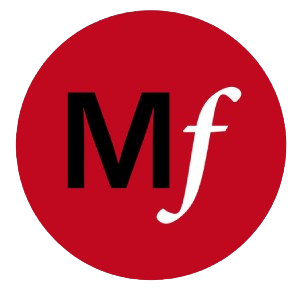
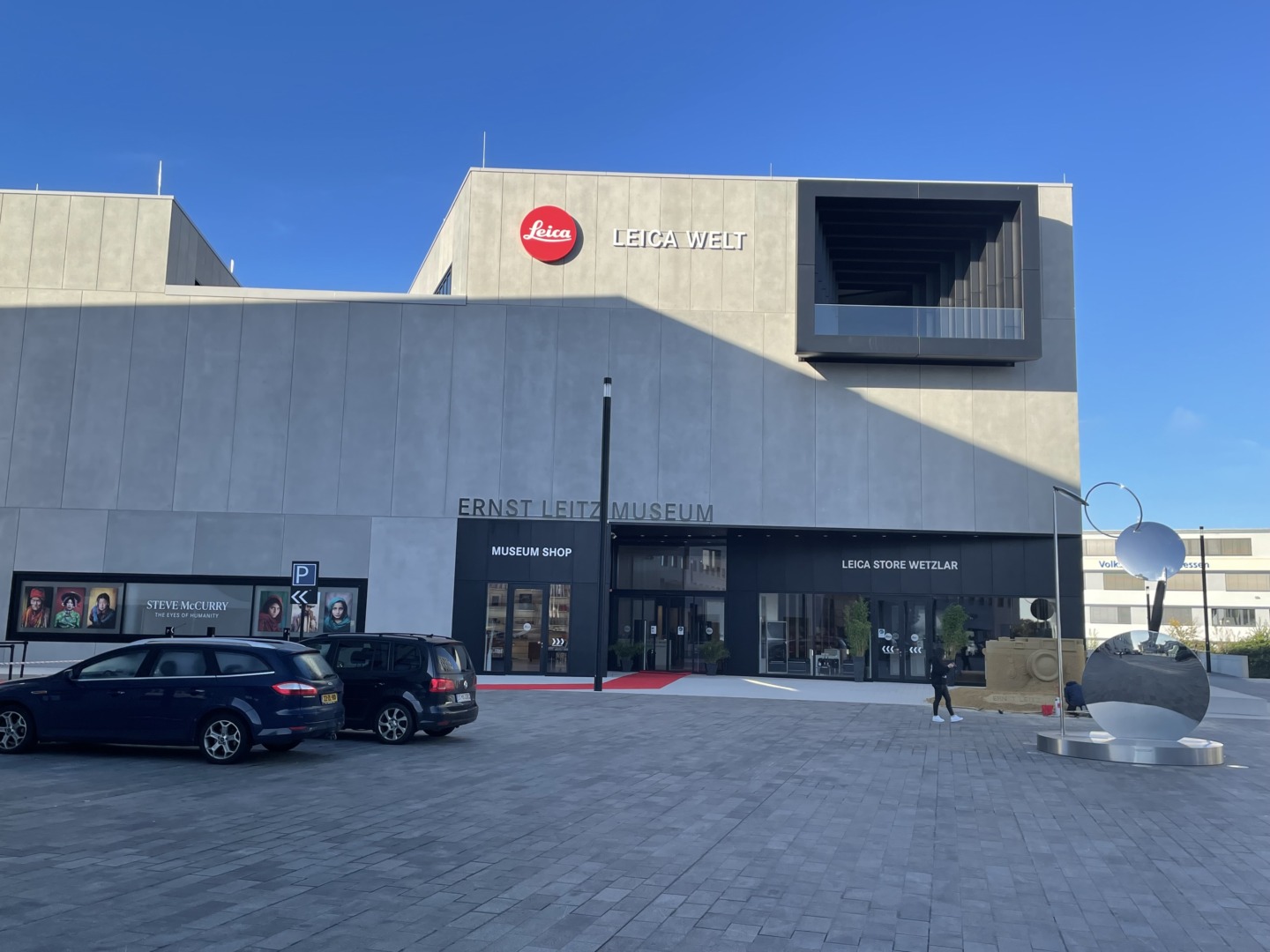
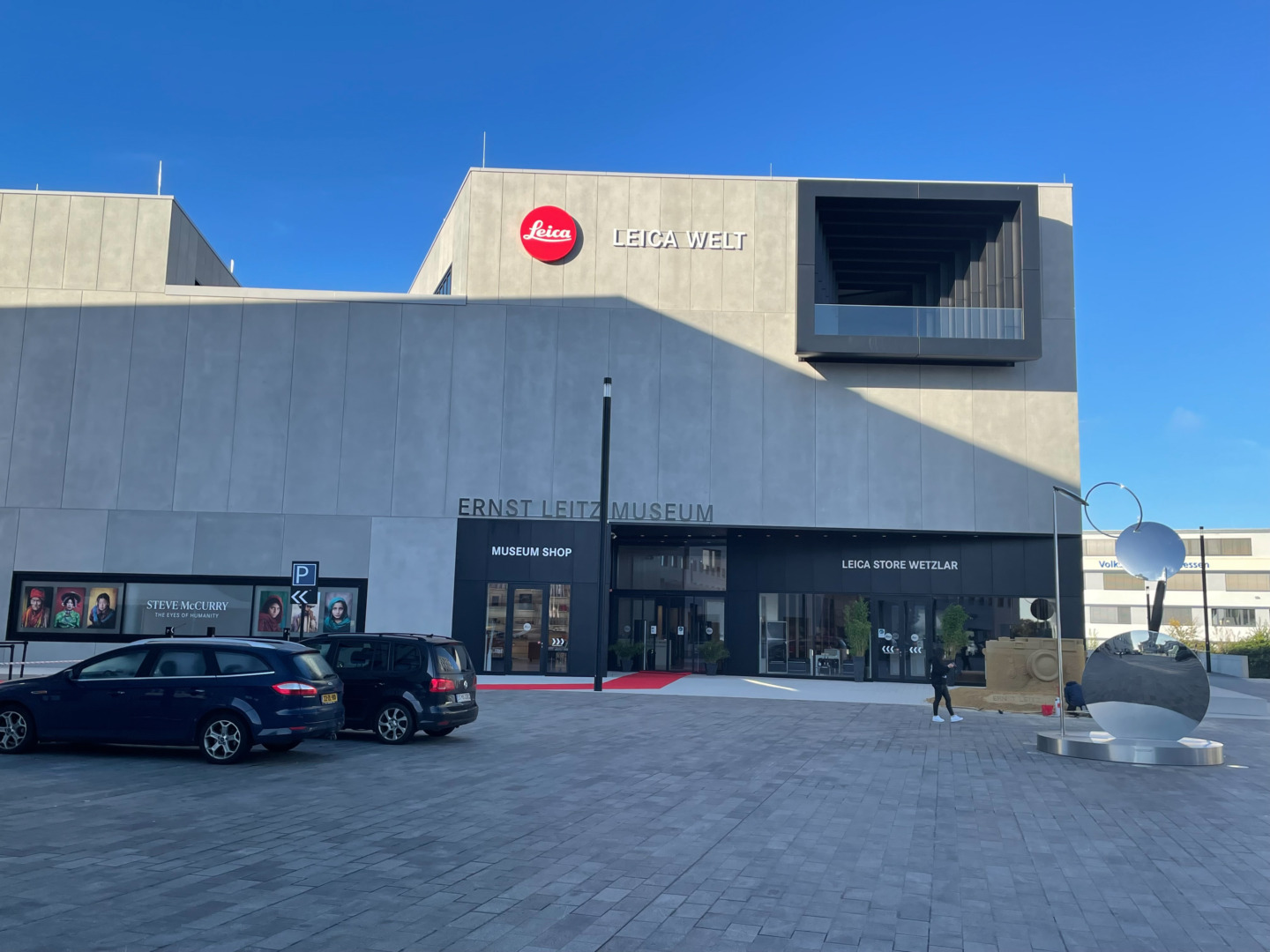
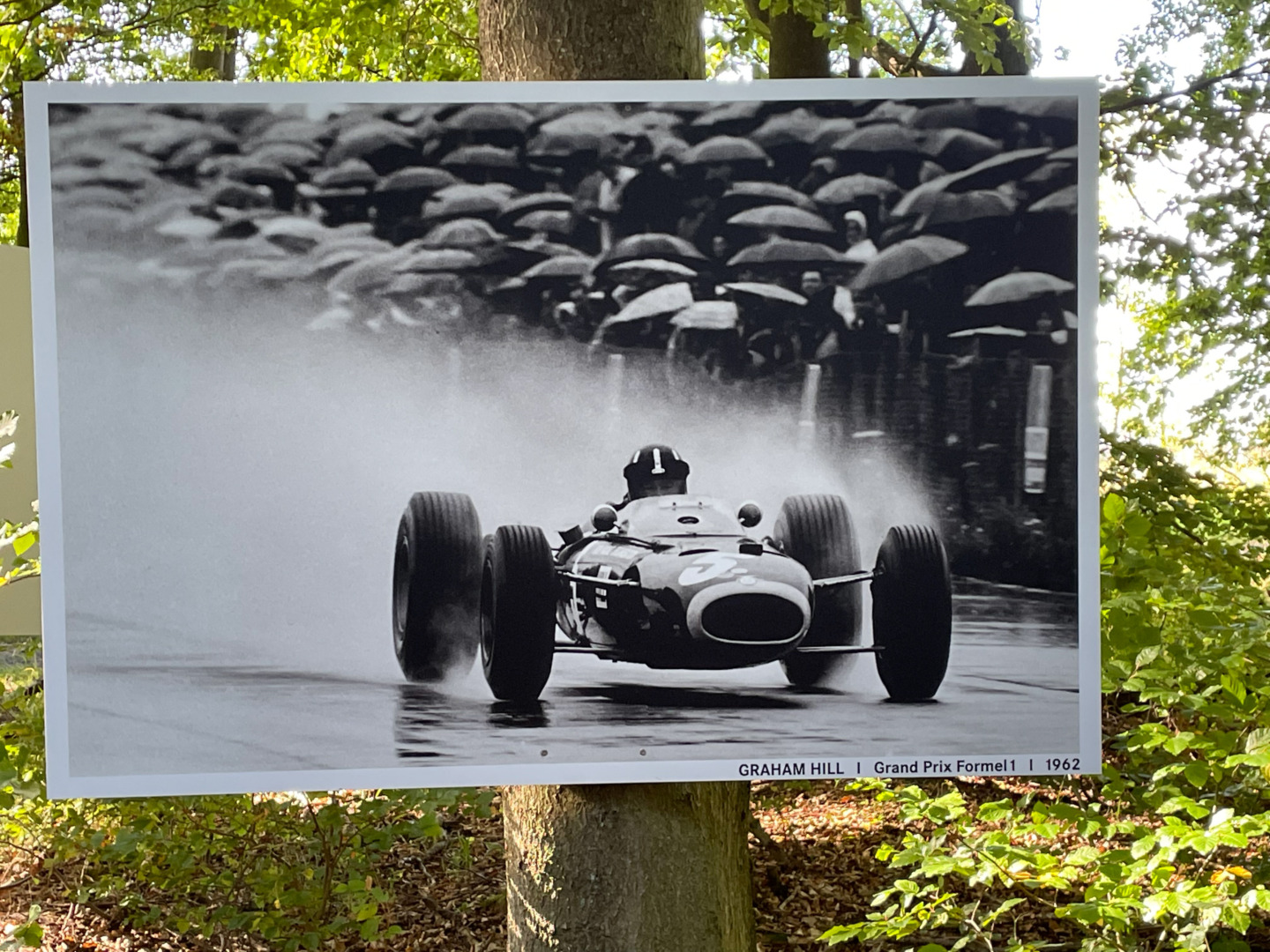
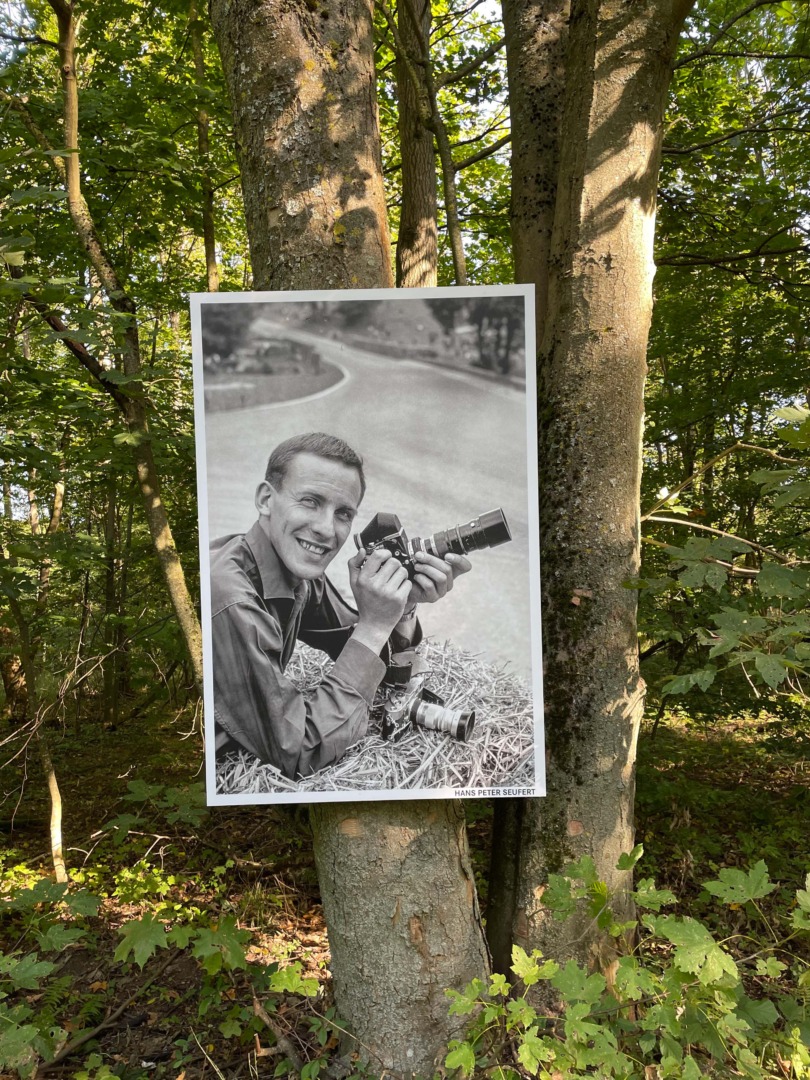
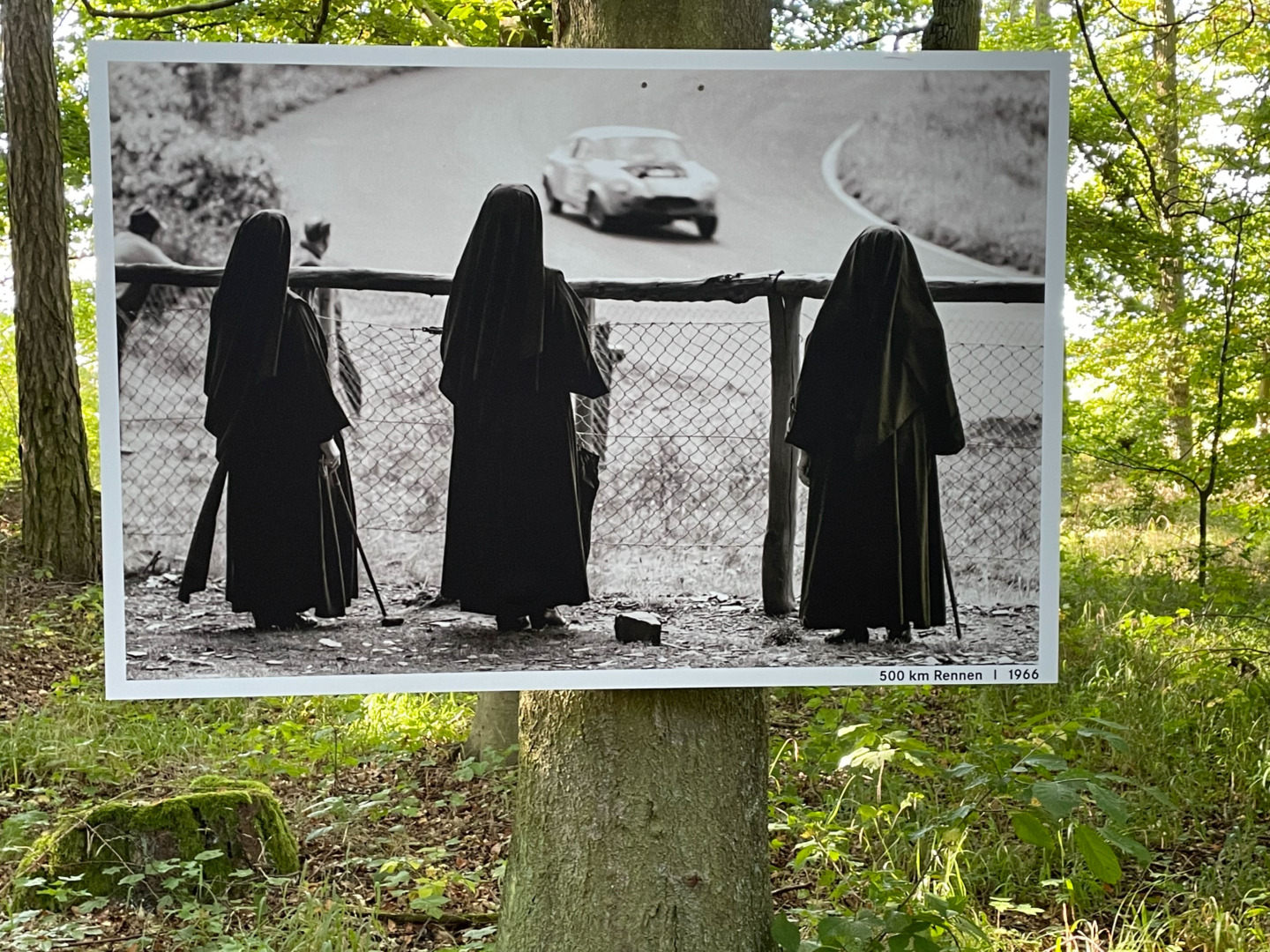
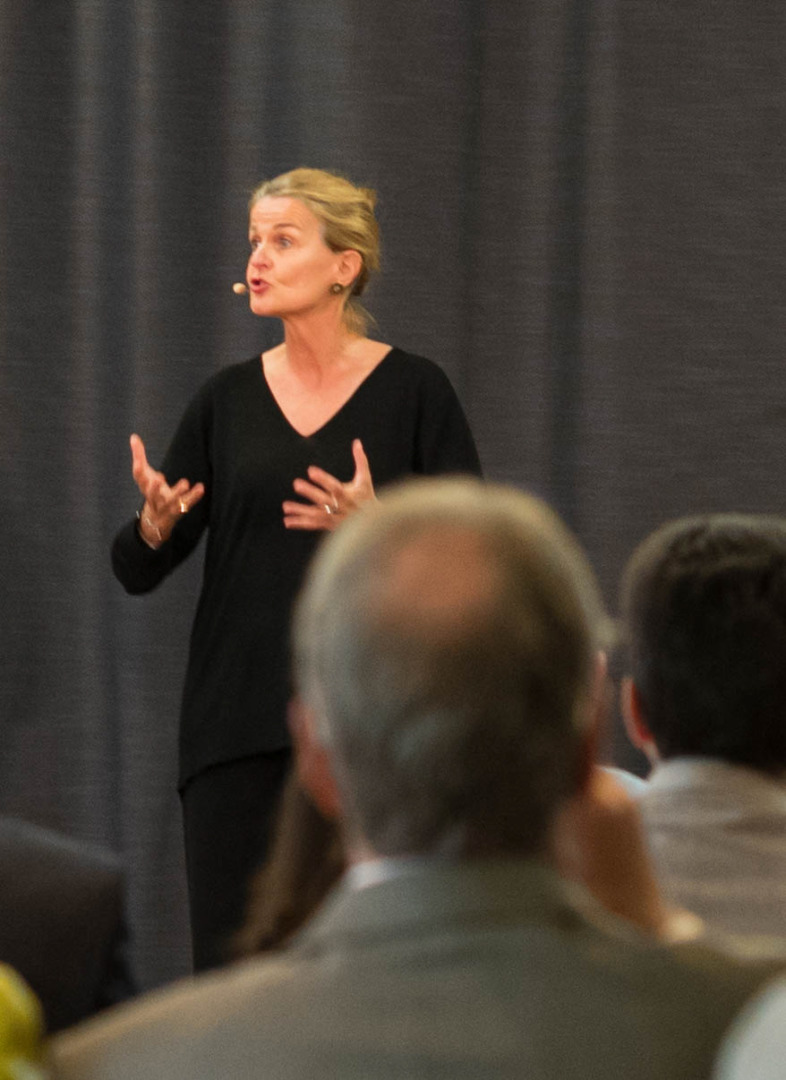
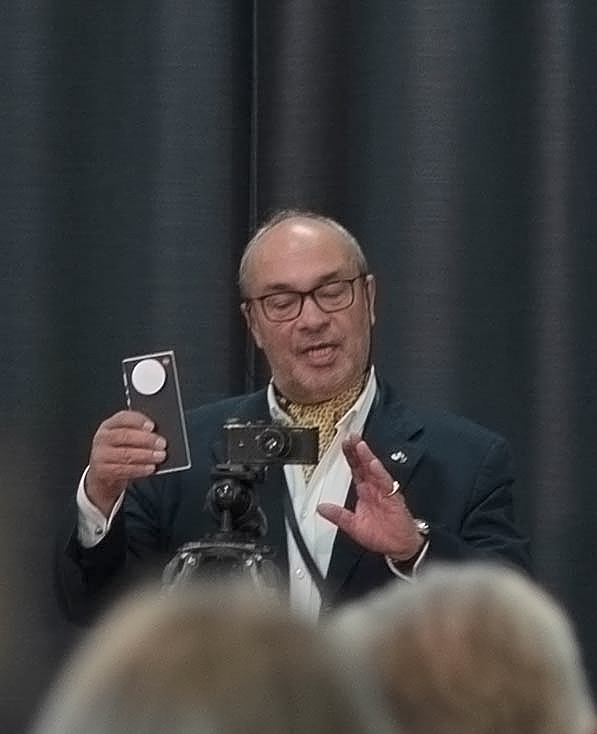
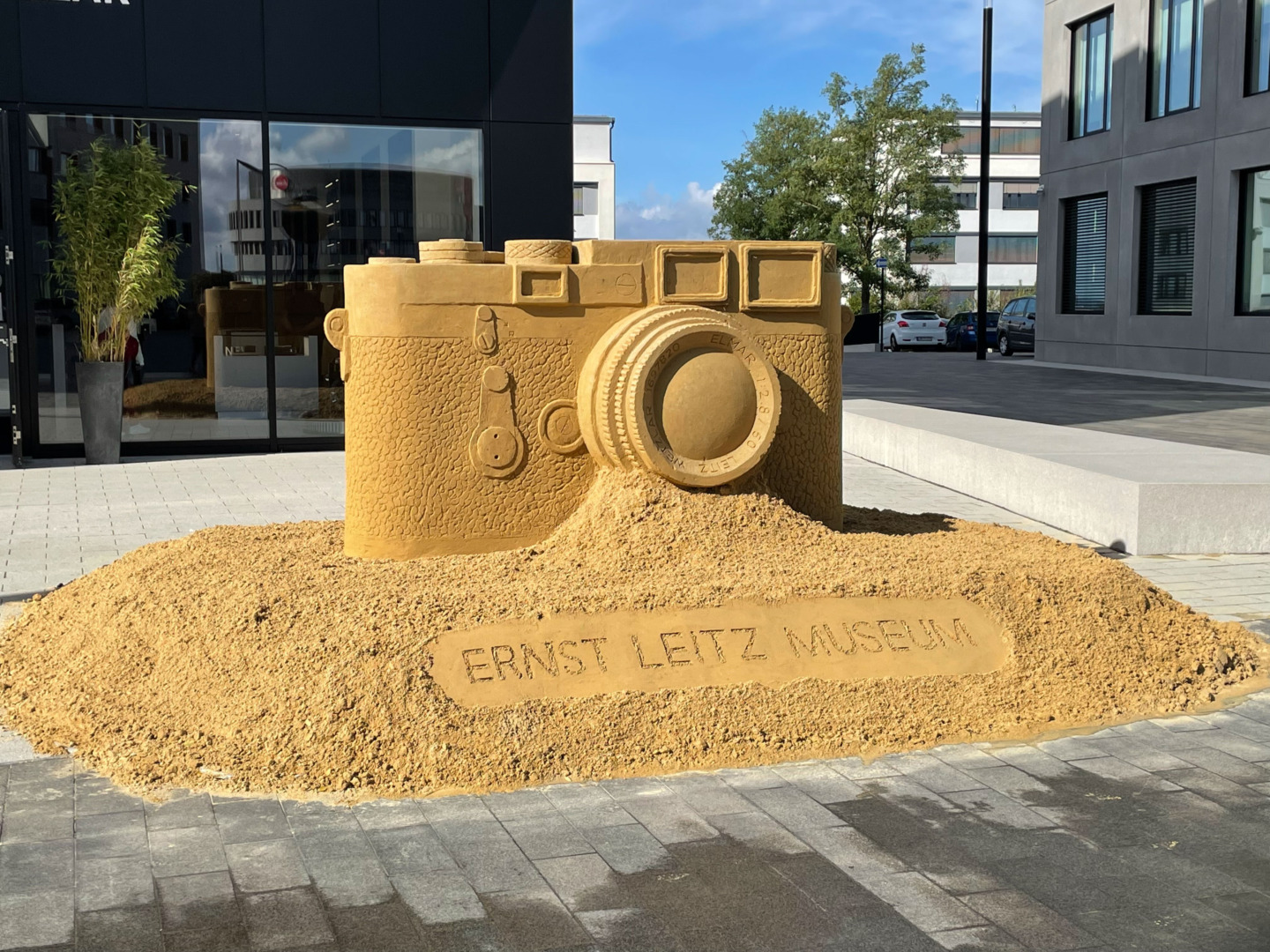
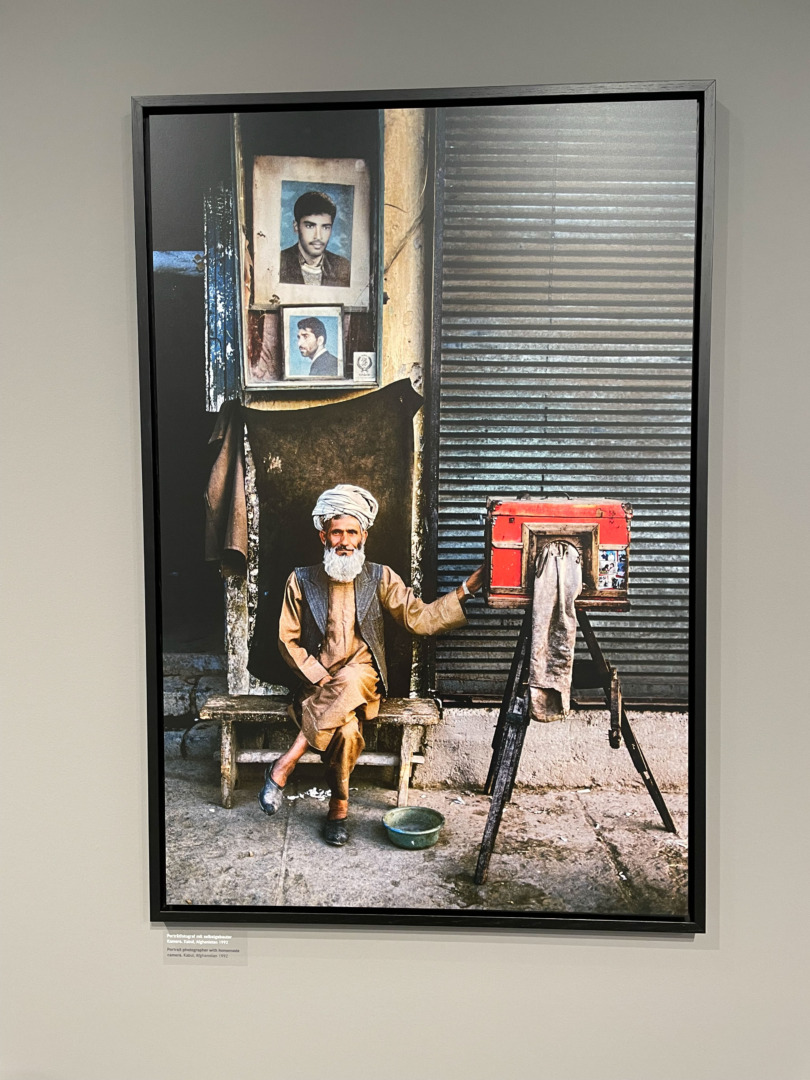
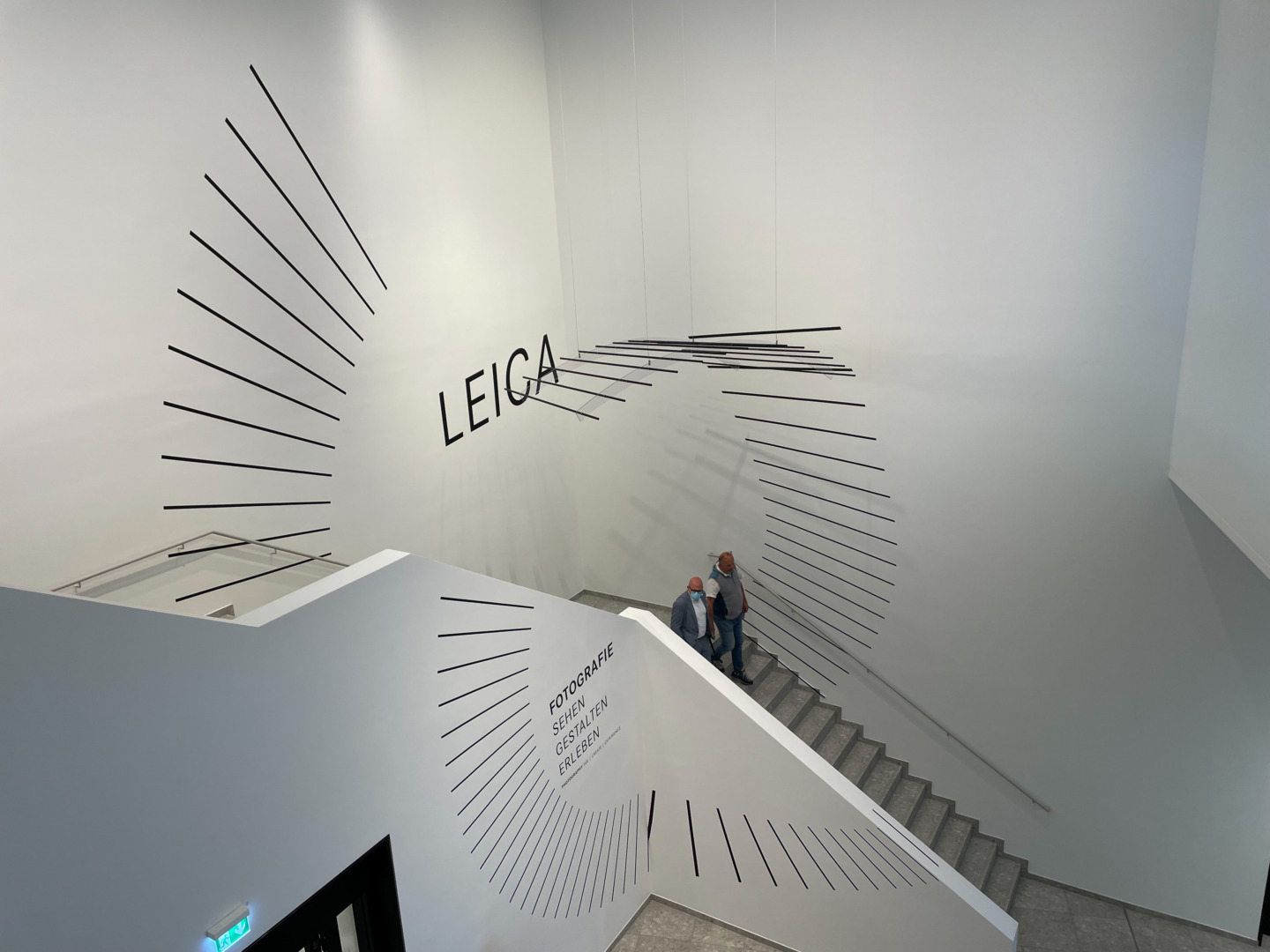
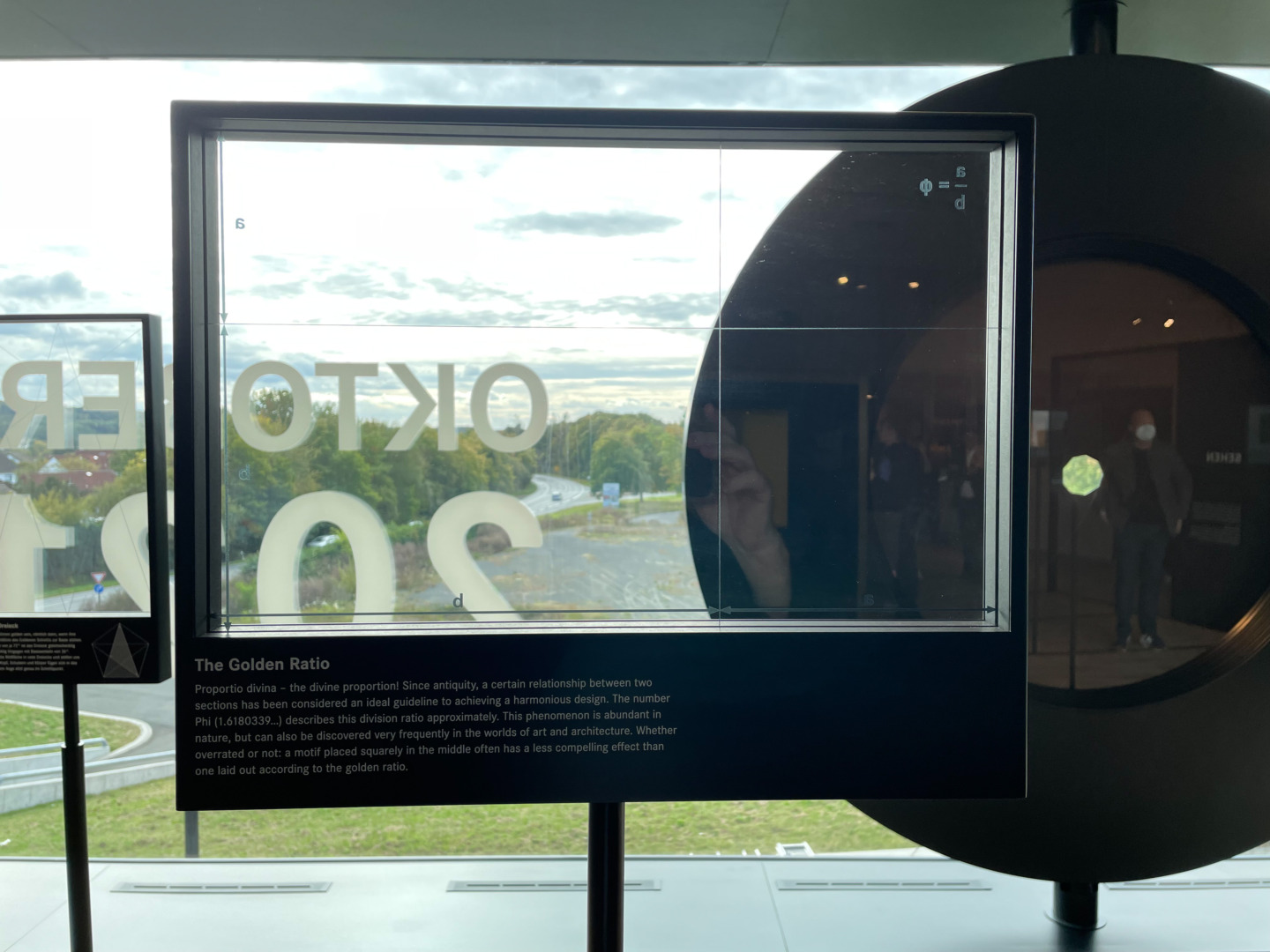
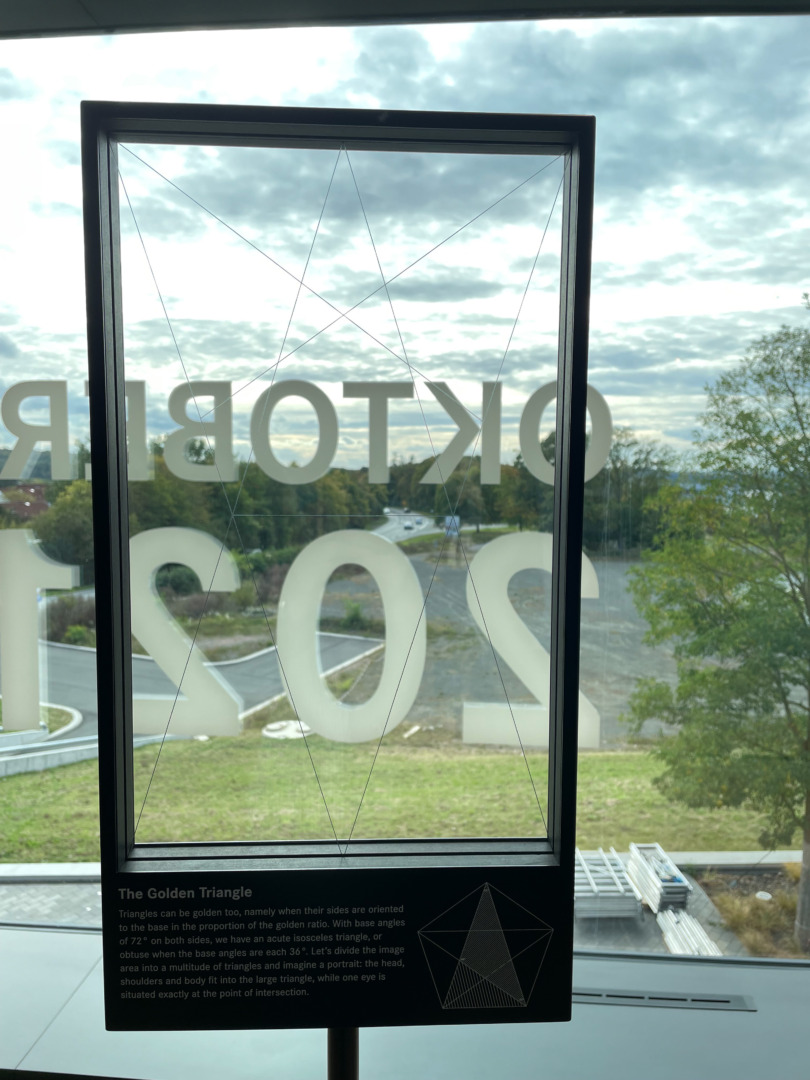
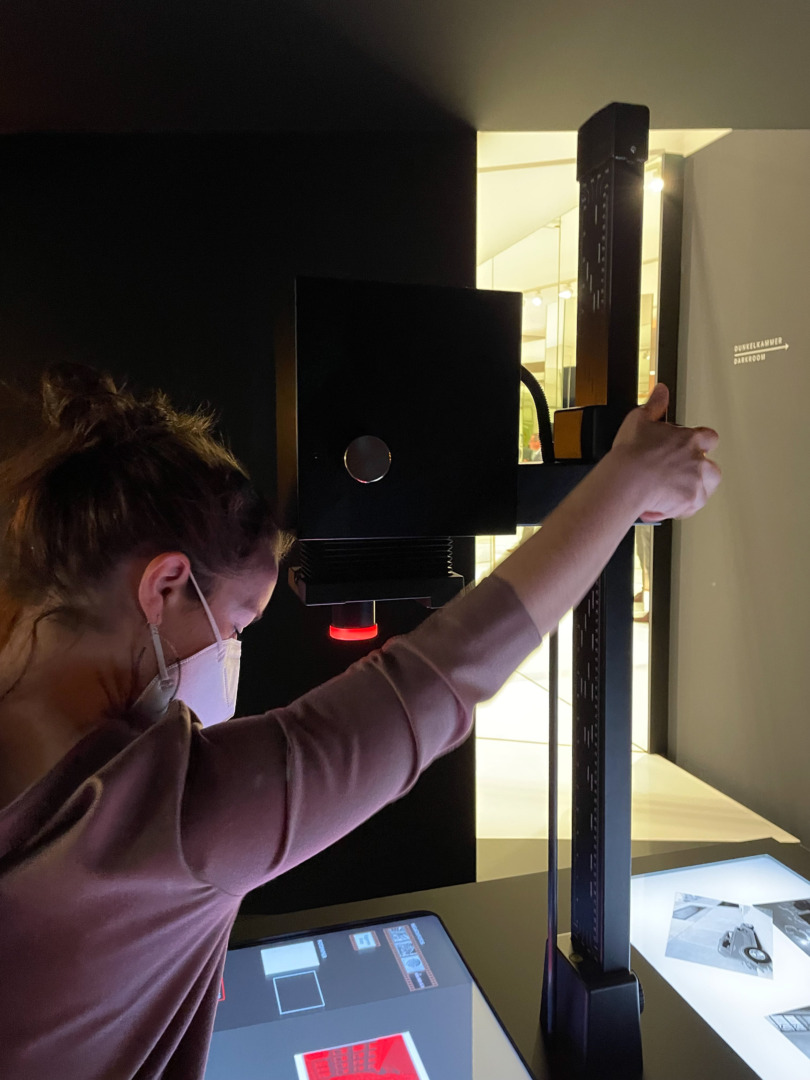
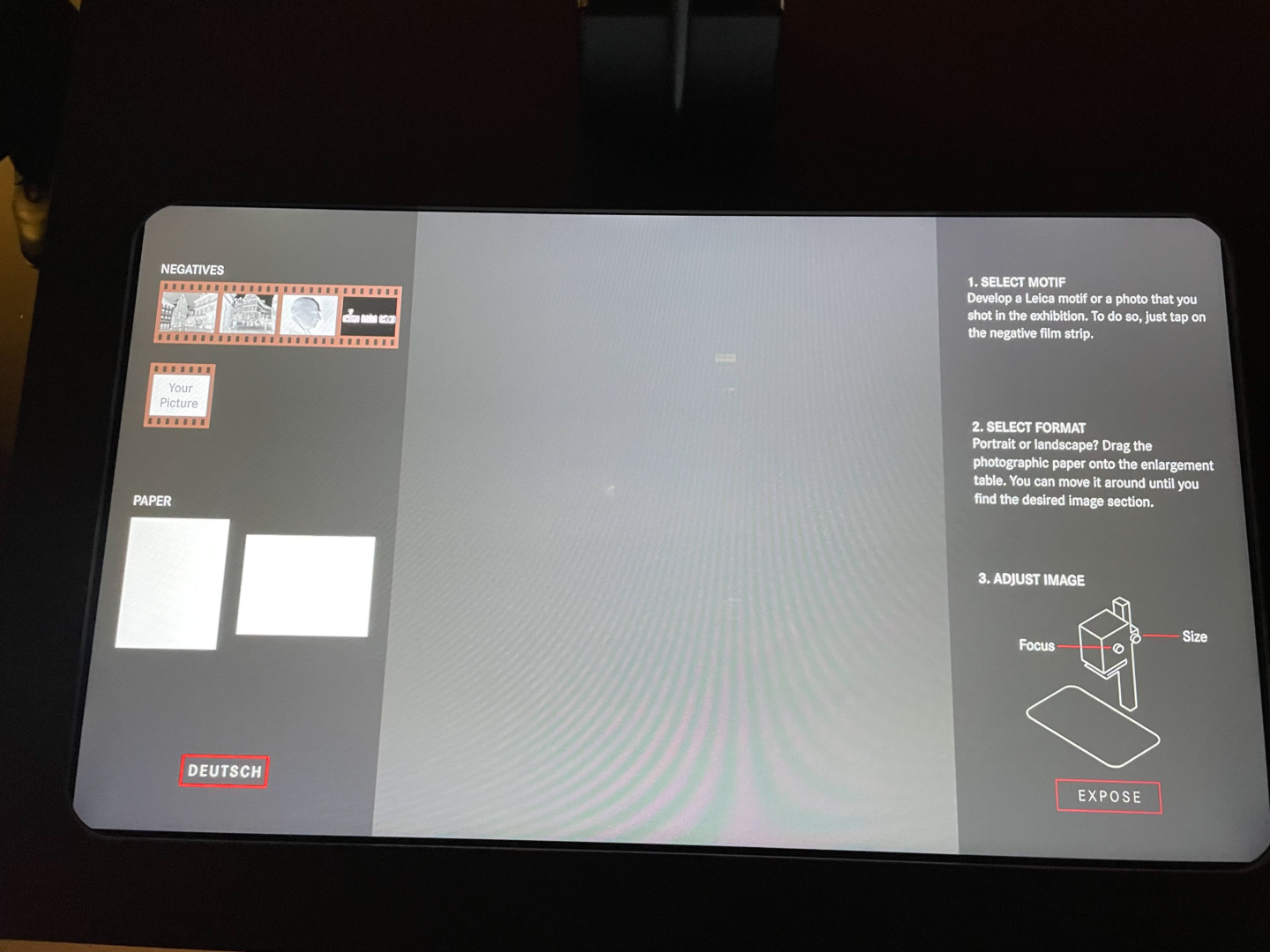
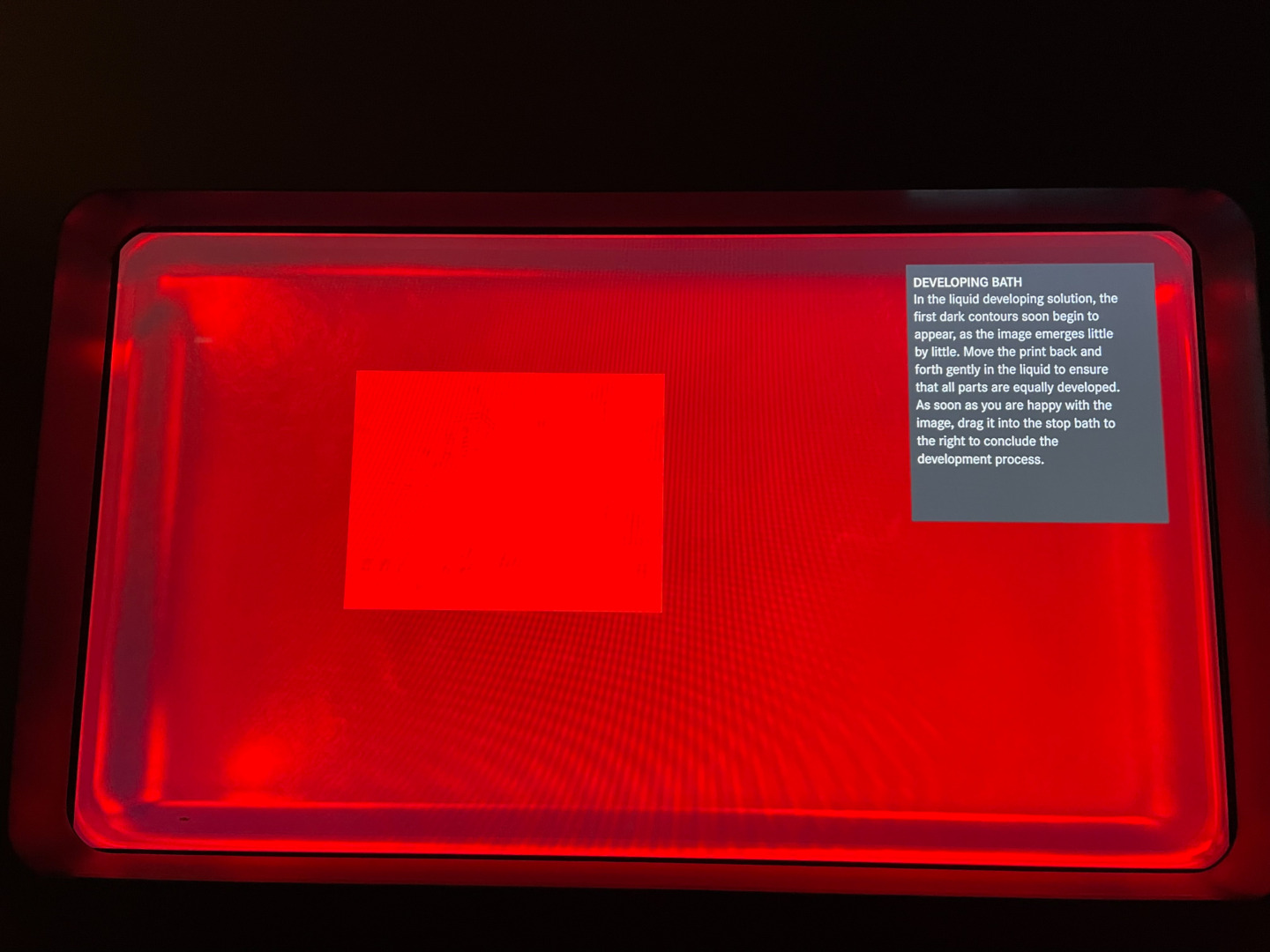
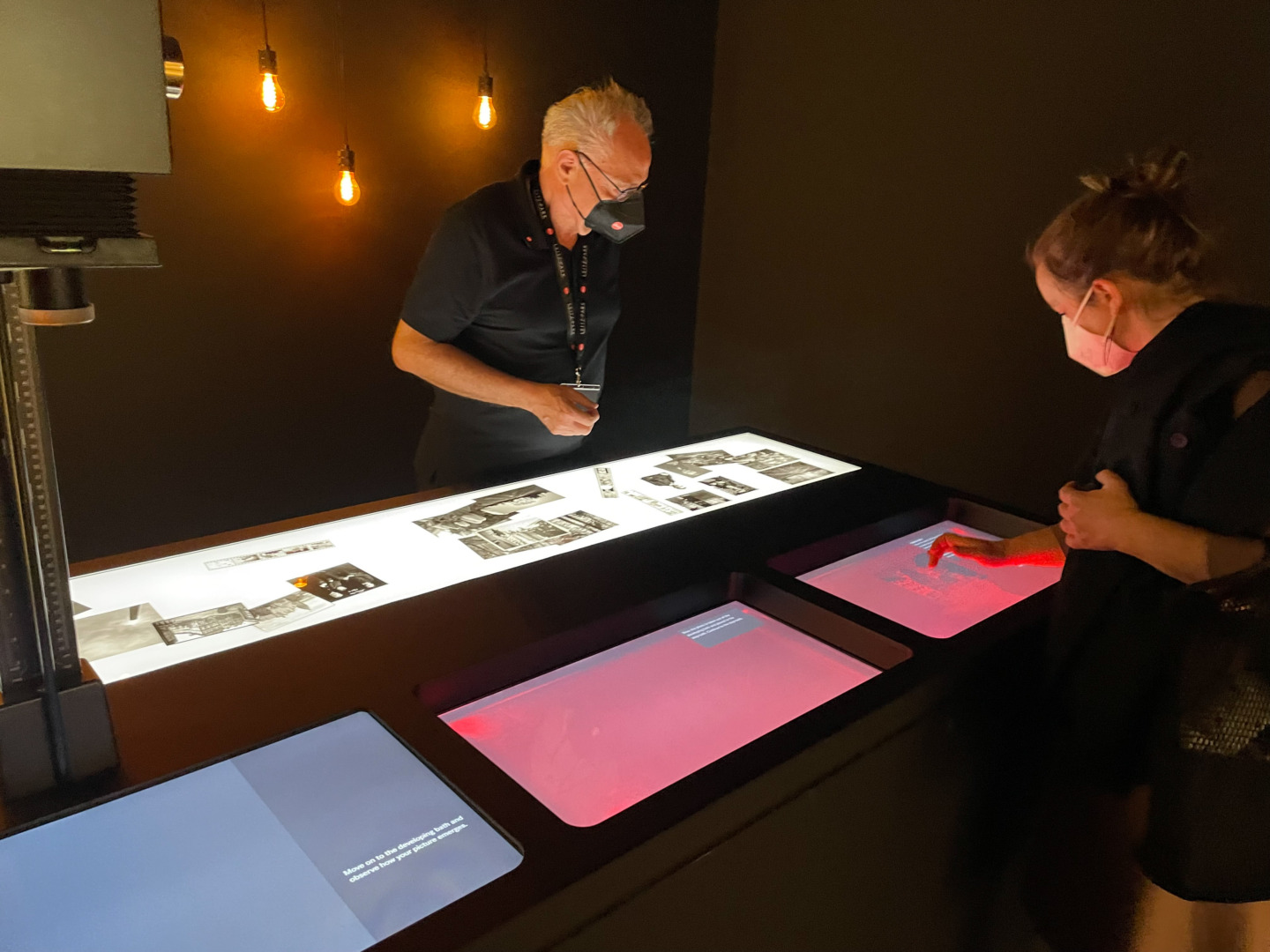
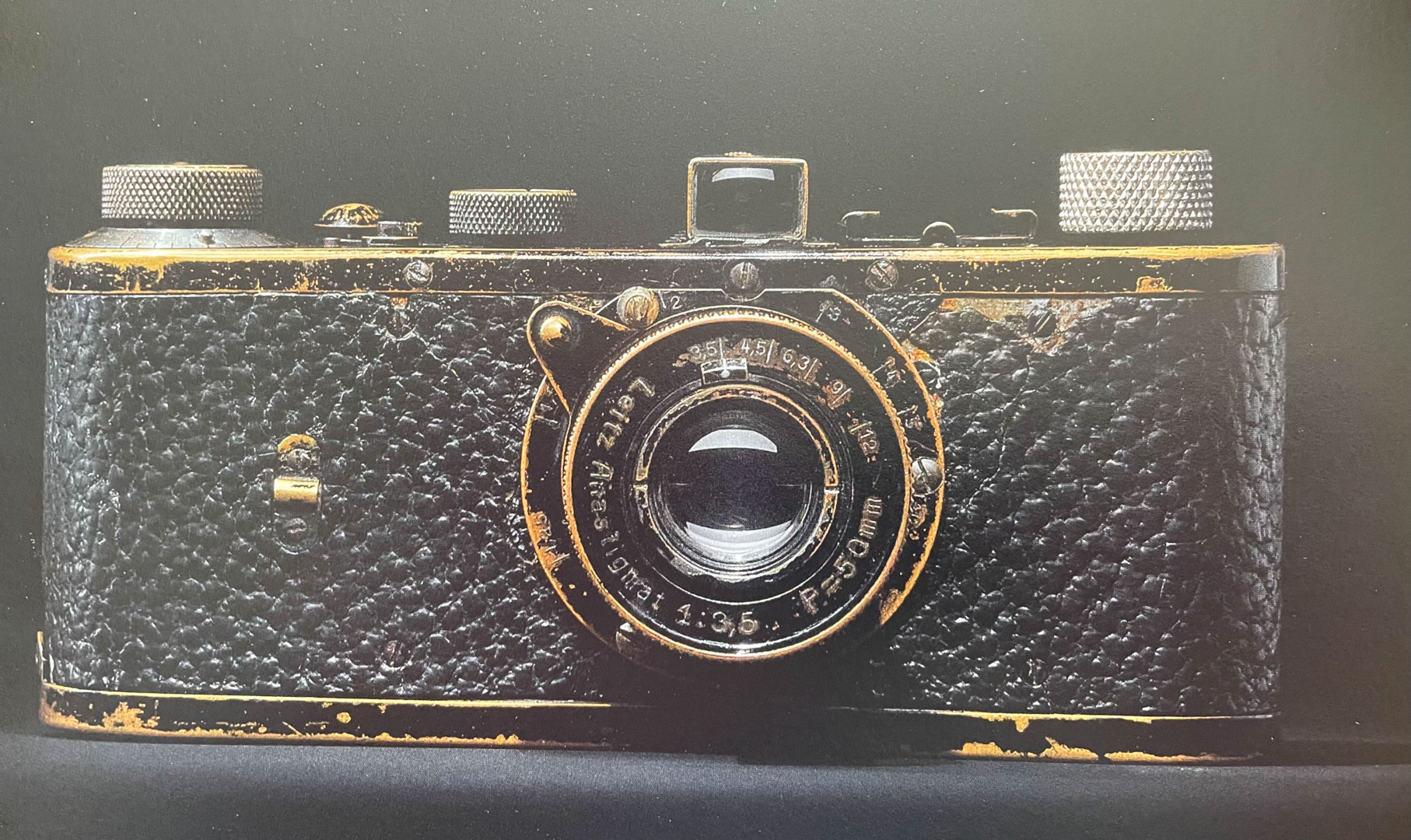
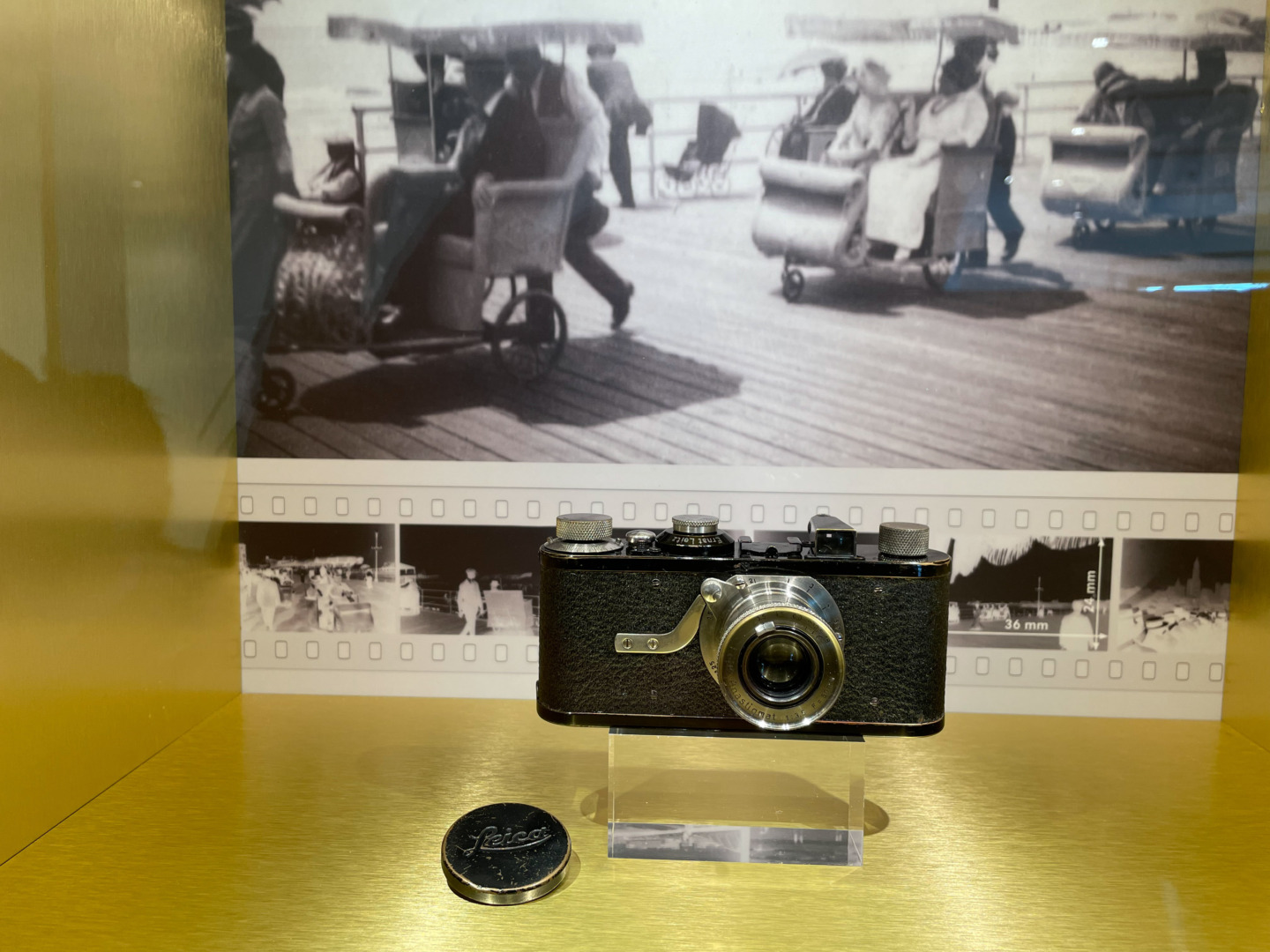
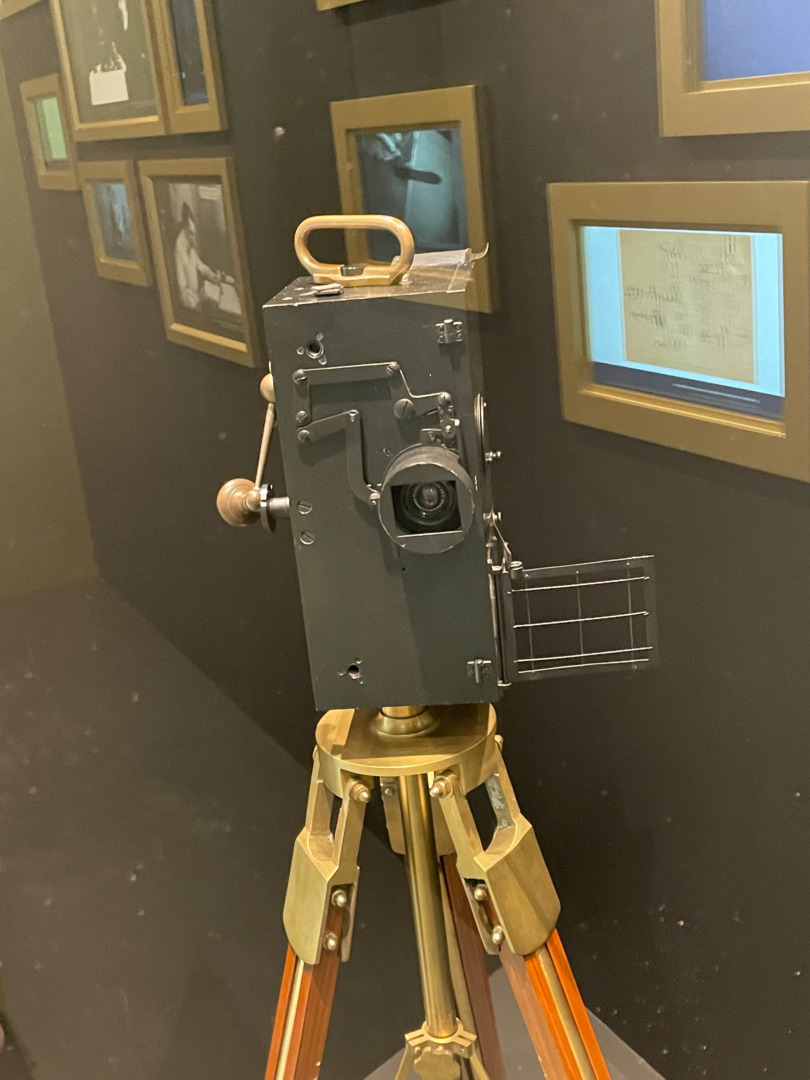
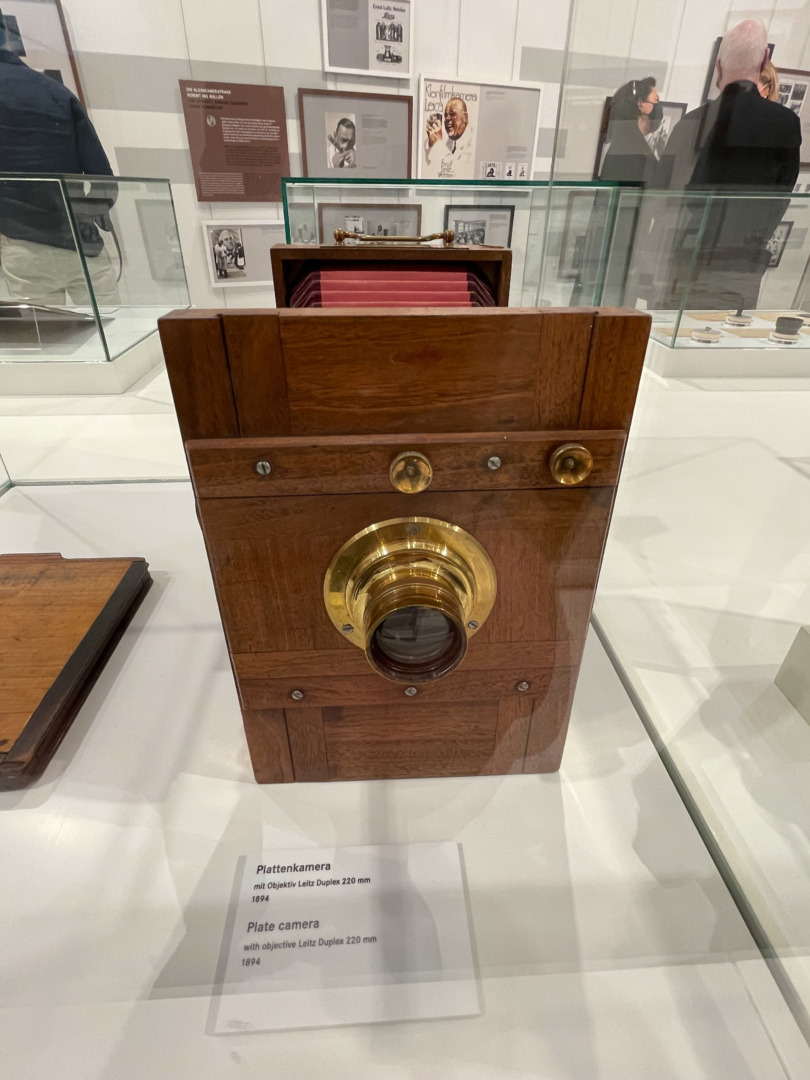
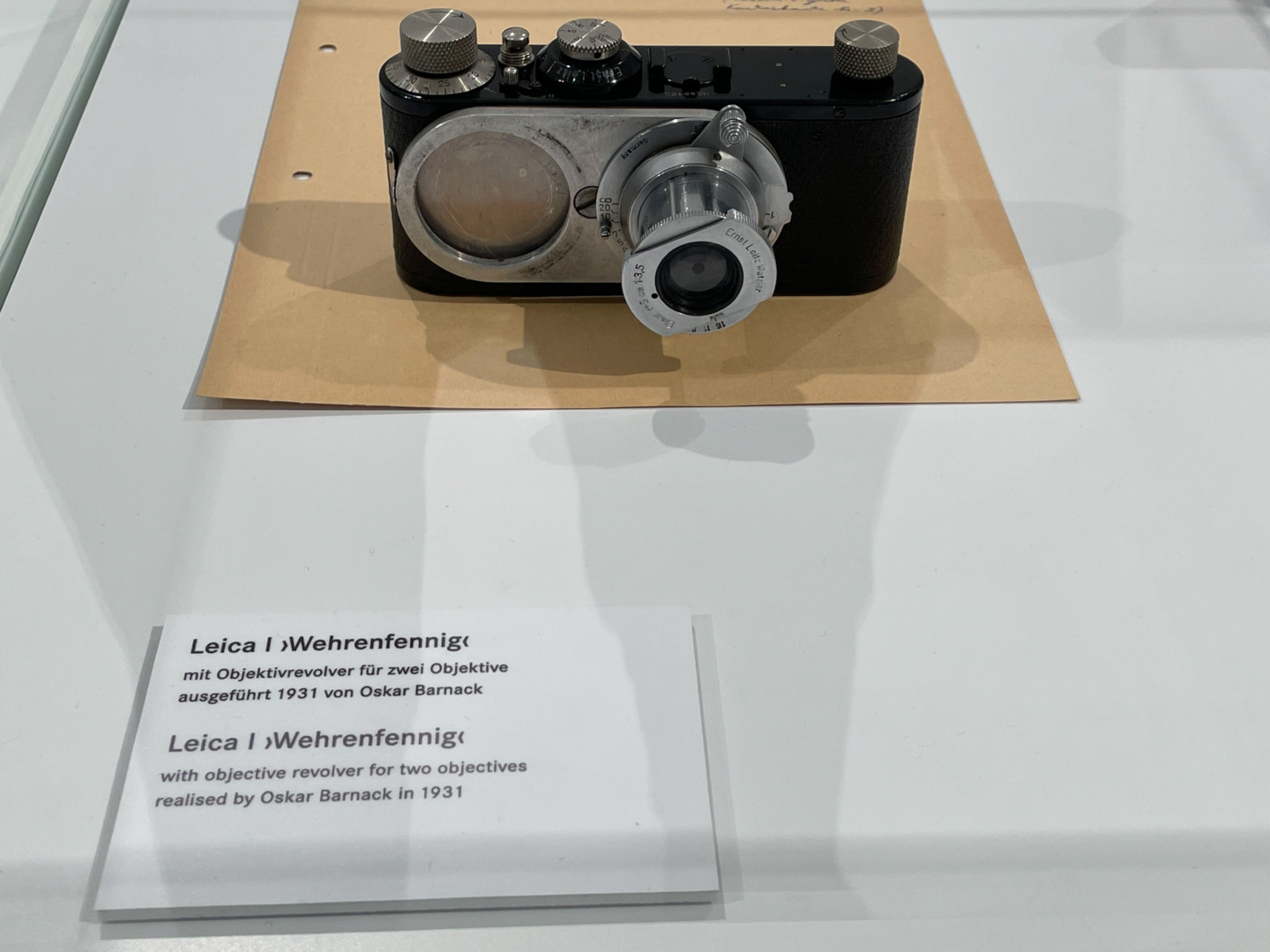
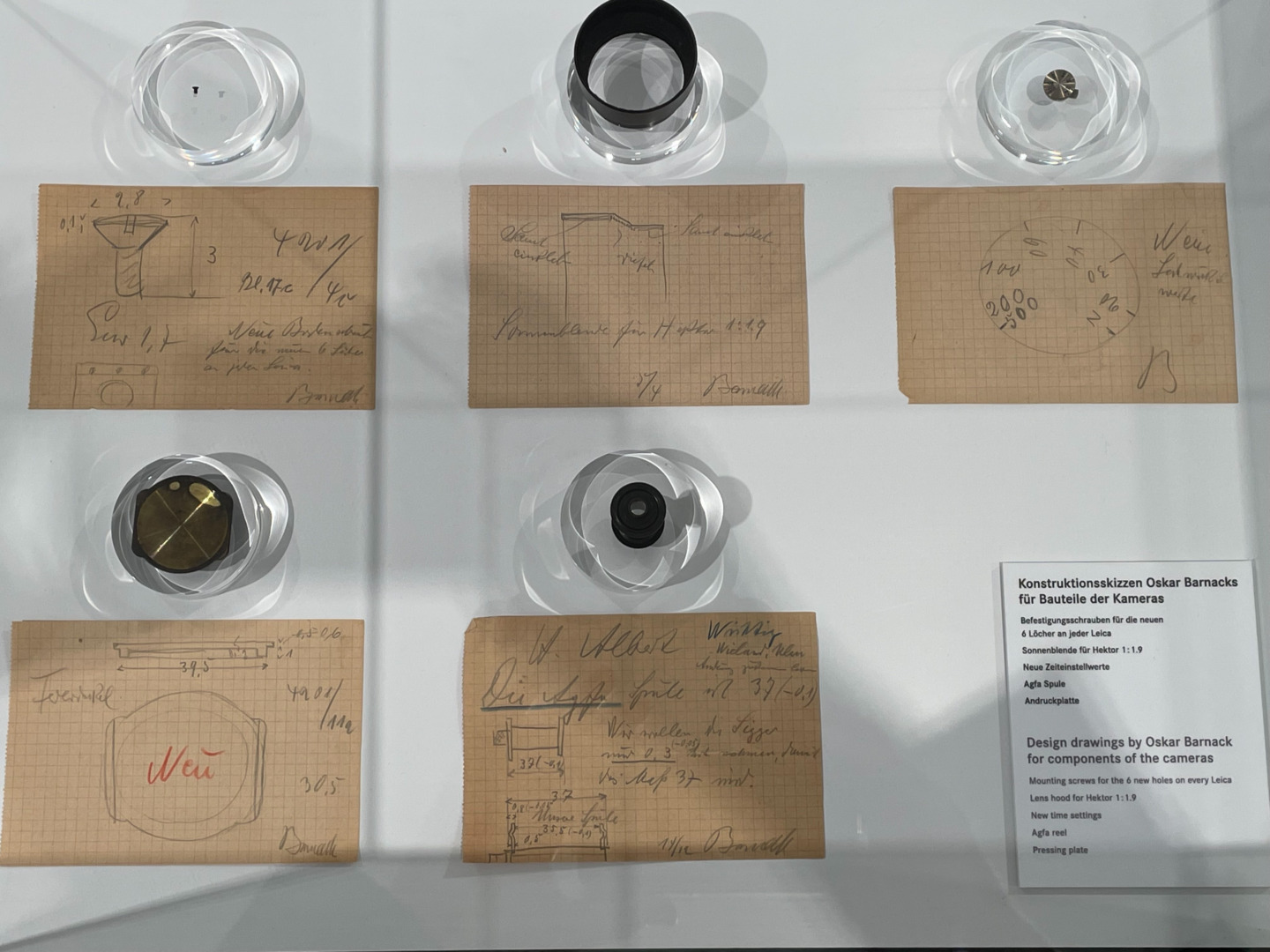
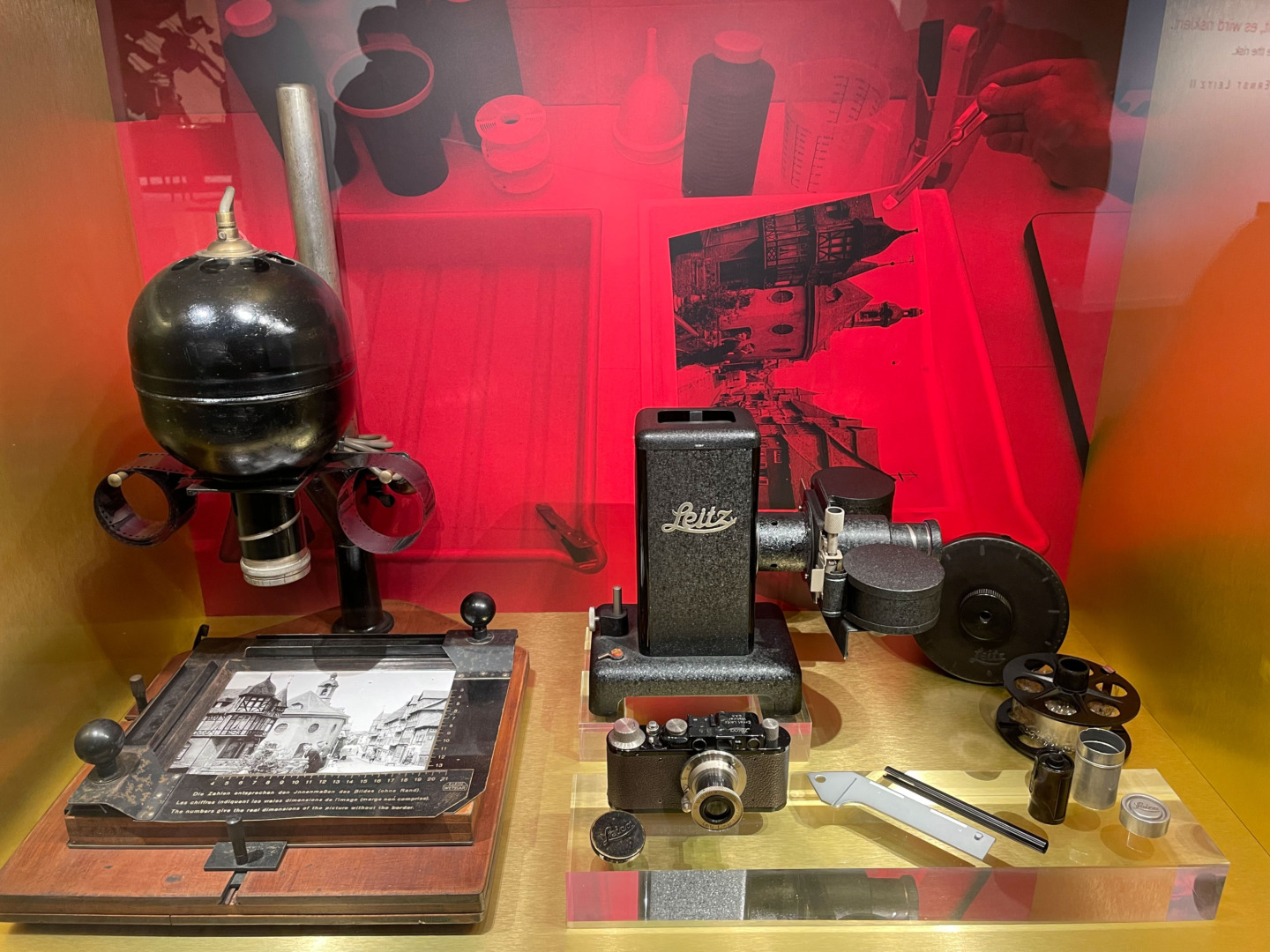
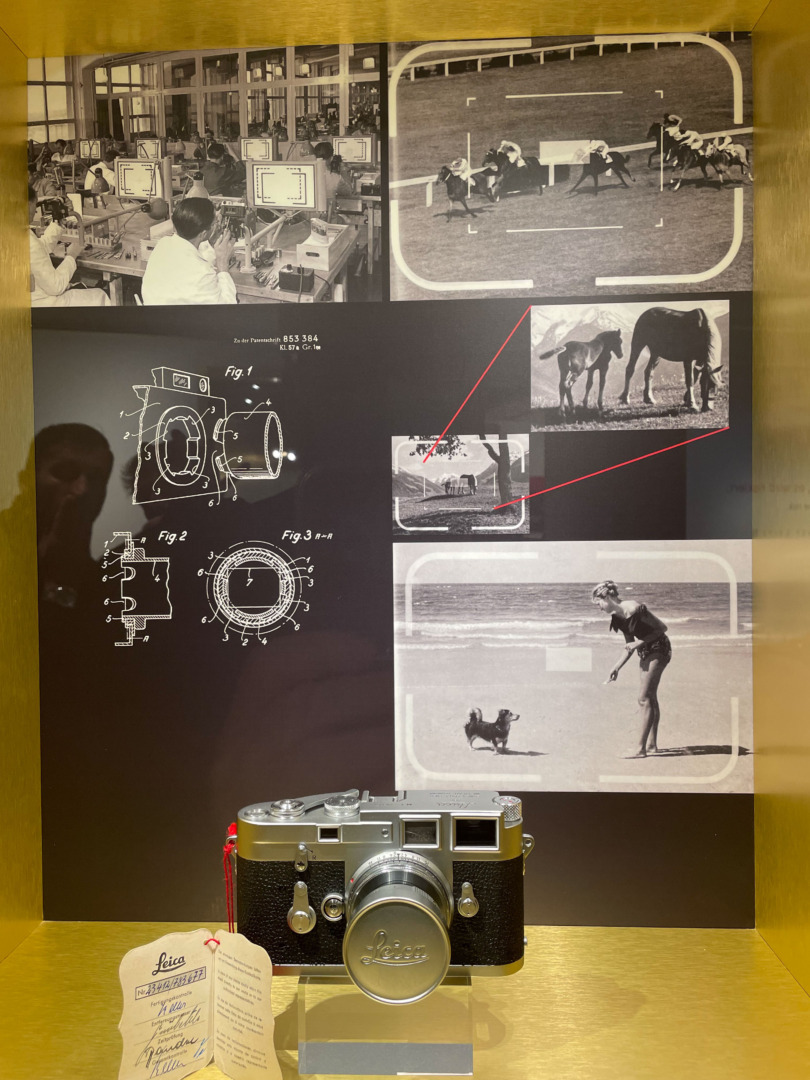
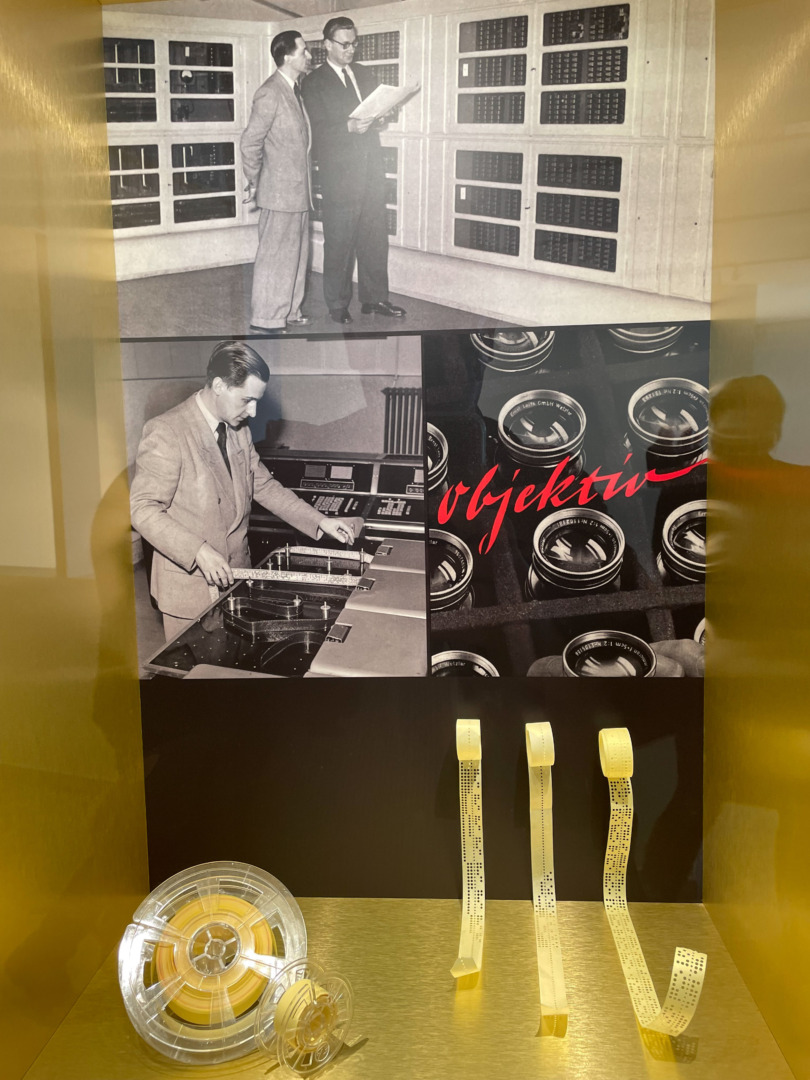
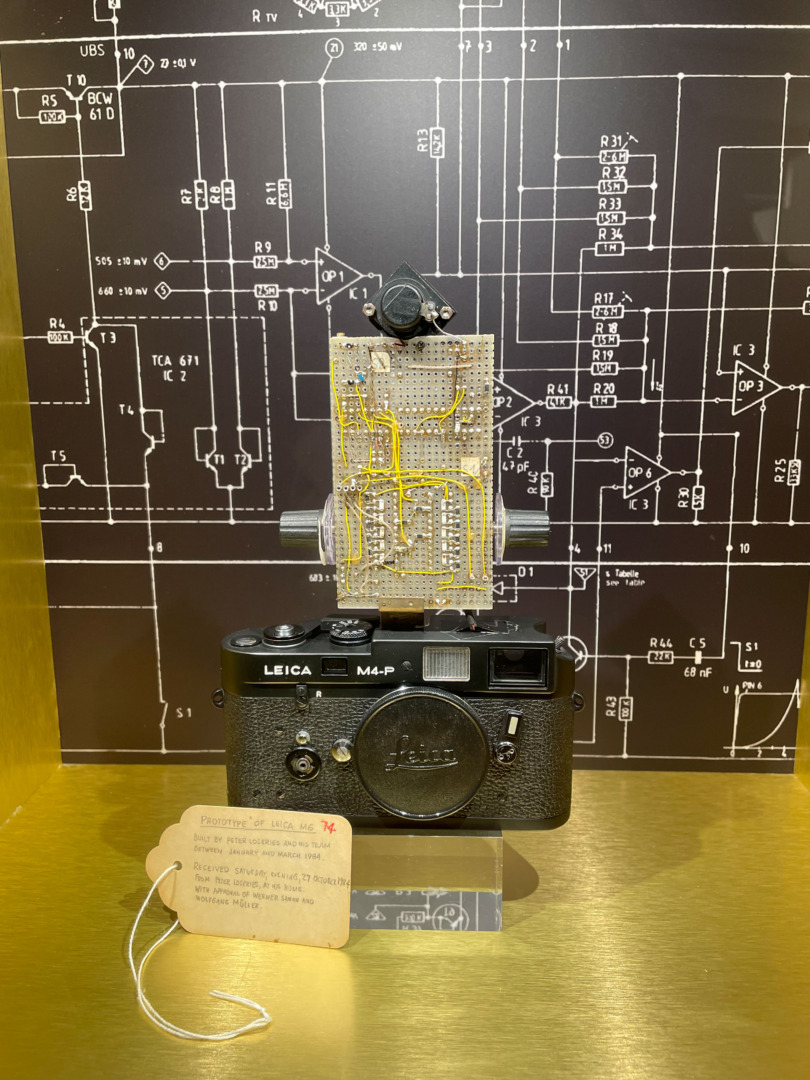
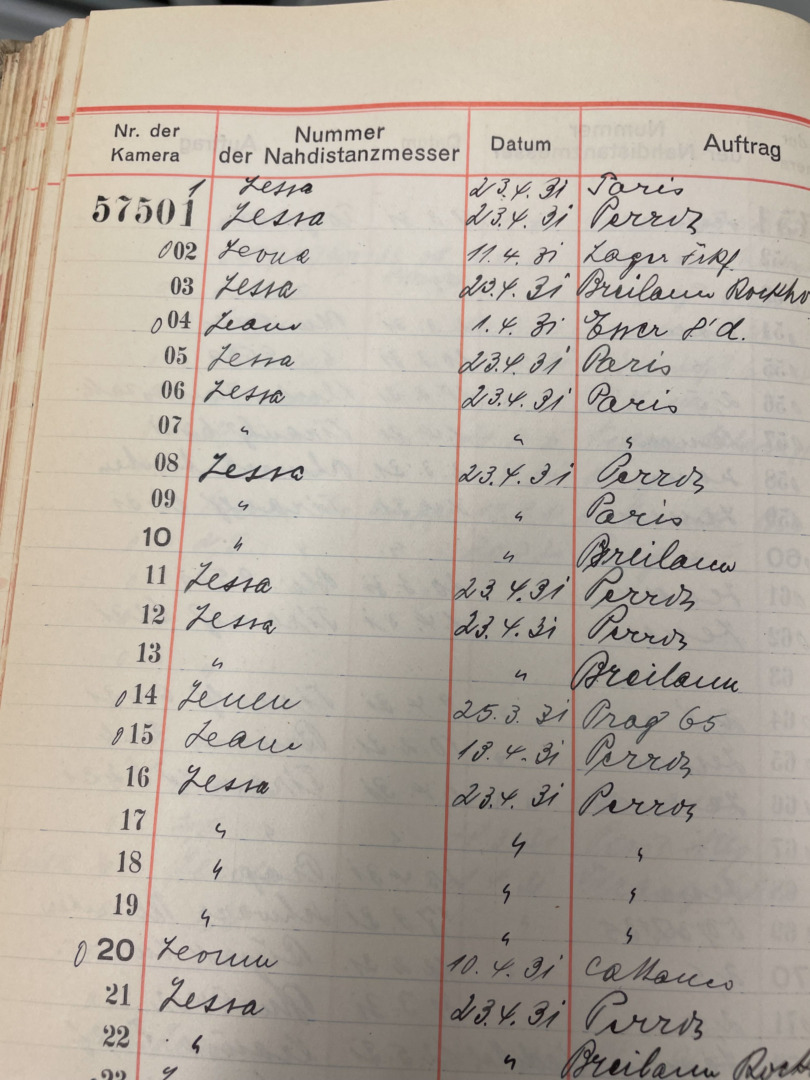
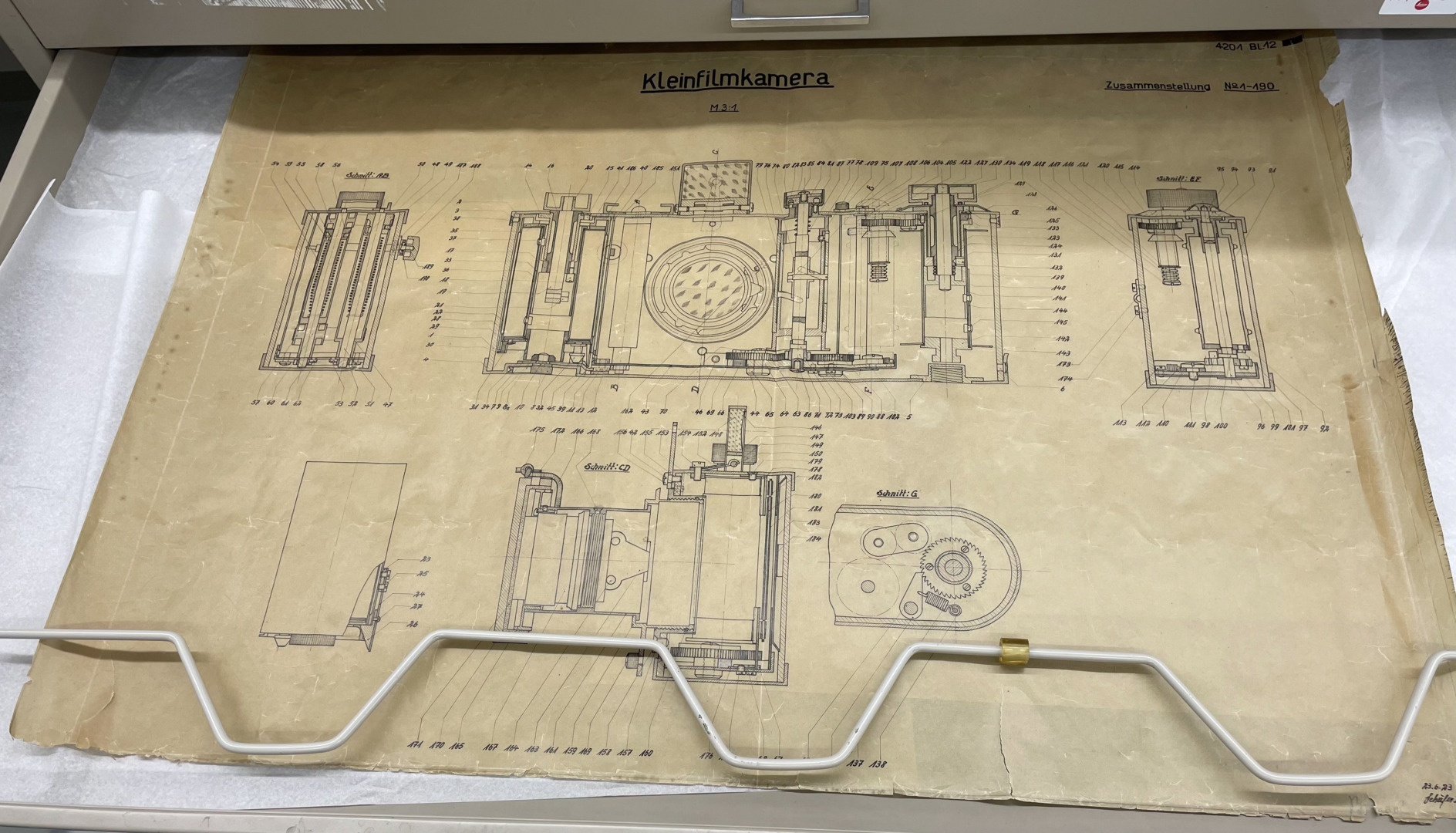
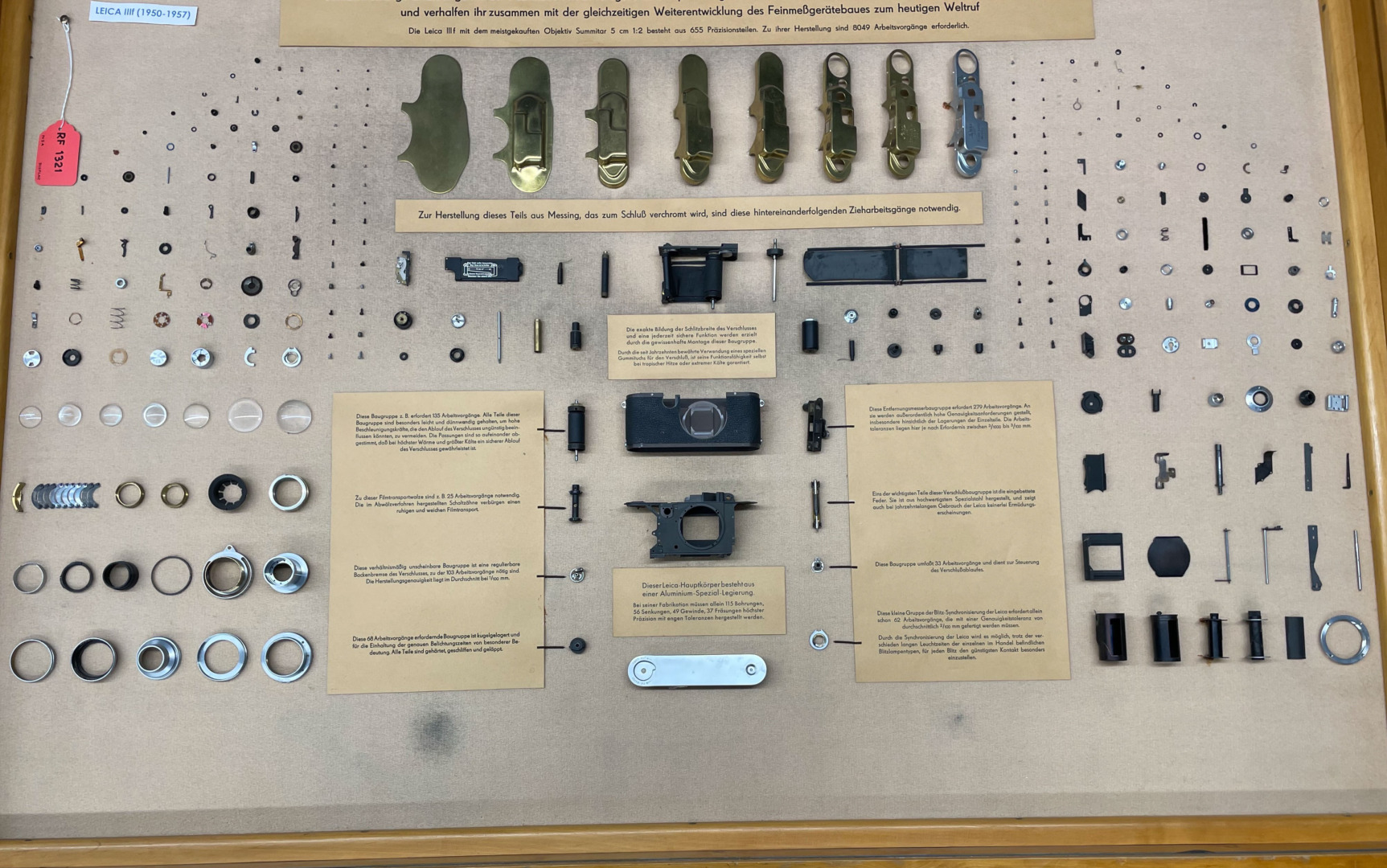
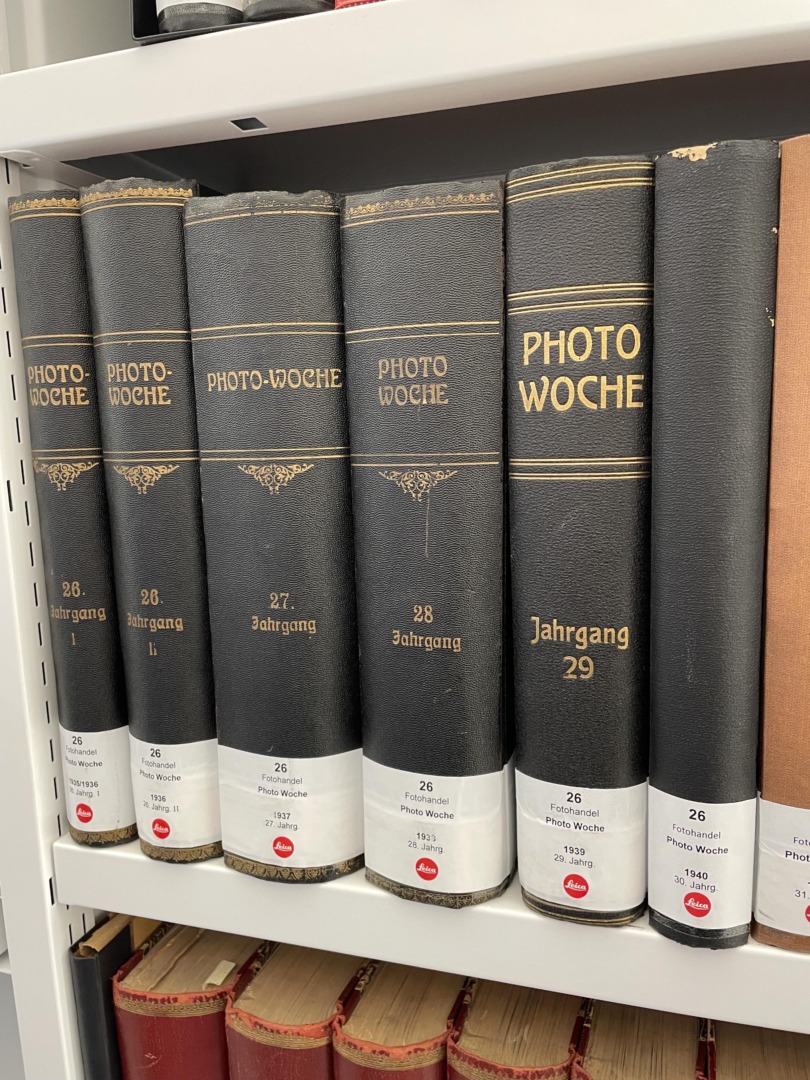
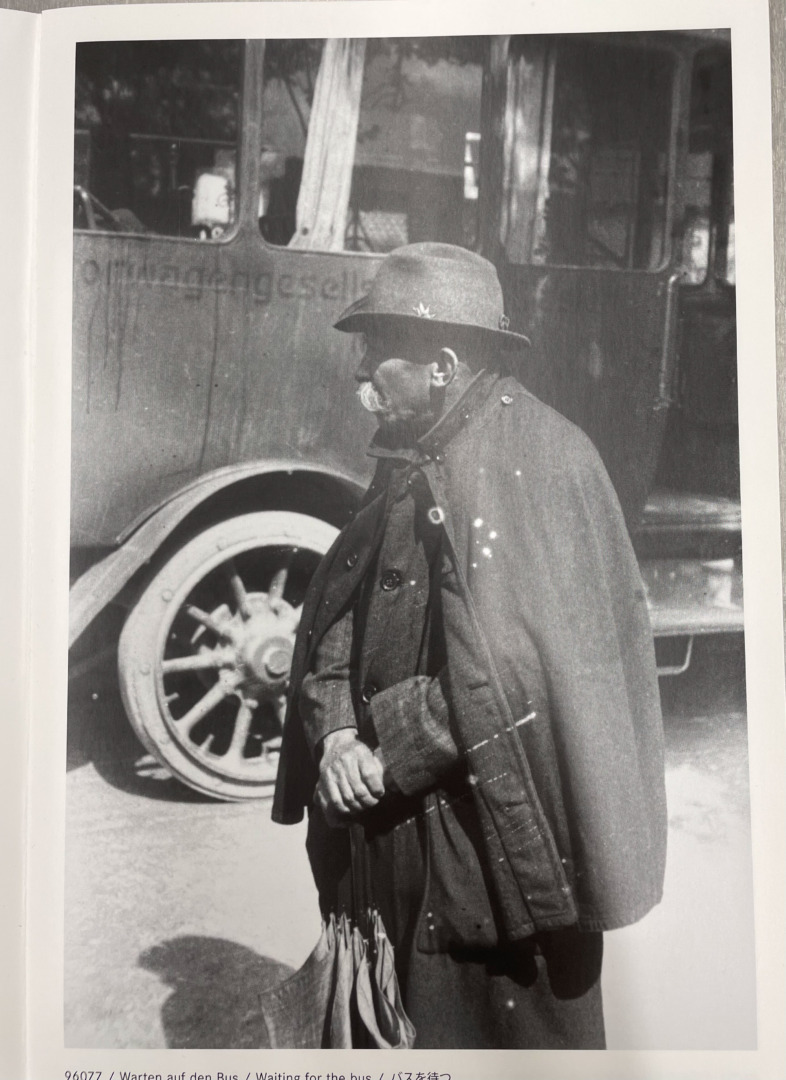
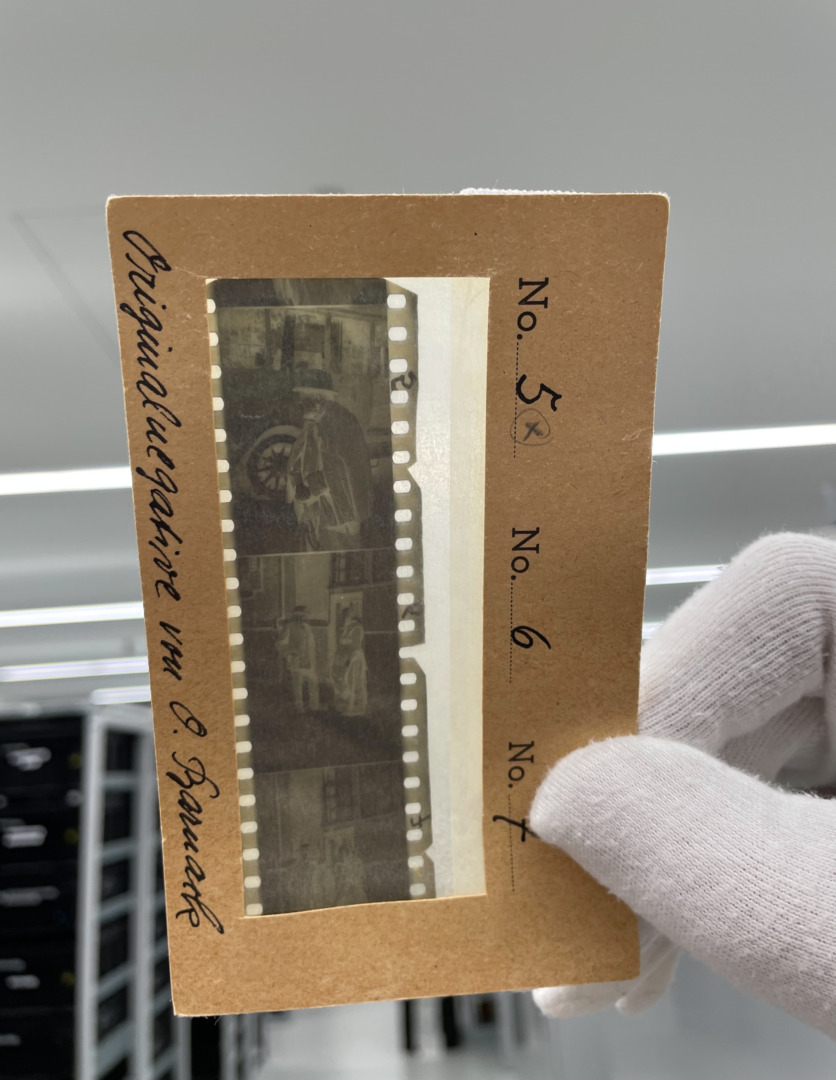
William, thank you so much for sharing this visit to the newly expanded museum at Leitz Wetzlar. You did a wonderful job of sharing your visit for us who are still not able to travel. You made me feel that I was there with you enjoying the special opening. You are such an inspiration and gentleman to take the time to share your experience and opinions about the openings. Wetzlar is our Mecca and it is the center of our Leica world. It was wonderful to be there for the 50th anniversary of the LHSA in 2018. I really appreciate that you travelled there when it is not an easy time to travel and did it on your own dime. Thank you so much!
Thanks George, it is always good to hear from you and you too are a gentleman. At the end of this week I will become Vice President of LHSA – The International Leica Society and next year we will have our AGM in Dublin. I hope that you will be able to come here for that. There is talk about a further visit to Wetzlar in 2023 and I am looking forward to that too. Maybe we might see you back in Wetzlar with your working Ur-Leica replica. I still recall experts like Jim Lager and Lars Netopil greatly admiring what you had achieved with Mr Kim when you made your presentation in Wetzlar in 2018.
William
Thank you for this article, William. I had wanted to go Wetzlar for my birthday in 2020 to see the new Leica HQ, but that was cancelled due to the virus travel restrictions. This now makes it worth the wait for 2022.
You will love it, Dan. This was my third visit to Leitz-Park and it keeps getting better. Are you going to TLS Buxton in 2022? I hope to make it across the Irish Sea to see colleagues that I have not met since Nottingham in 2019.
William
Thanks Derek. The lens on the Ur-Leica was a 42mm Mikro-Summar, which was intended for micro and close up work. Barnack adapted it with a special mount to give ‘normal focus’. As it happens, I have one of this lenses from the period 1910-1915 and I have used it on an M10 and bellows to do some dreamy close up shots. I will email them to you later this evening, including one showing the rig which I used.
William
This 42 mm Mikro Summnar Lens did not have a special mount. I know as I used one for many years on my research microscope as I liked it’s wide field. It was years later that I found out that it was the lens that Barnack ultimately chose to use on his UR Camera of 1913-14. It is the lens that we put into the UR Dummy number 28 and made an operating UR Replica. It was done by Mr Kim, a camera technician of great renoun here in South Korea. Since then there have been another 5 UR Dummies converted into operating replicas of Barnack’s first camera. I wish to emphasize, this lens used was a standard micro Summar 42 mm lens produced for many years by Leitz for microscope work and micro photography. It is a 6 element lens similar to the famous Zeiss Planar lens that uses the design discovered in the late 1800s.
You are correct if you mean he modified the mount on his UR Leica to fit this standard production micro lens. If that is what you mean, you are spot on!
That is exactly what I mean, George, just like your wonderful working Ur-Leica replica, which I photographed at Barnack’s grave. My 42 mm Mikro Summar only functions as a macro/micro lens on the bellows and mount which I have. To work at normal distances I would need a mount that would permit it to be used close to an M or LTM body. By pure coincidence I acquired a FED Macro lens, in M39 mount, from the 1930s today and it gives a remarkable amount of extension just like a Micro-Nikkor from the 1960s. Leica had nothing like this in the 1930s, but pursued other options including bellows and screw in accessory close-up lenses. I have already used the FED lens on a Leica M10 with an LTM/M adapter and it does give remarkable close-ups. This was one Russian item which could not be regarded as a Leica copy
William
William, can I please add something to my comments on the Museum article? I mentioned that the cine camera shown in one of the photographs was restored from fire-damaged condition by Malcolm Taylor. I would like to mention that Malcolm was also responsible for restoring back to working condition the Ur Leica. I doing so he was able to solve the mystery as to the lens fitted to it which was used to photograph the Eisenmart in Wetzlar old town. As I recall it was a lens intended for cine work but I cannot recall the exact focal length and maximum aperture. Hope this may be of interest. Incidentally, Malcolm told me he has serviced most of the ‘O’ series Leicas still in existence!
William, a fascinating a article. Much has changed since my visit in October 2016 when I was privileged to have a guided tour of the factory with Gerald Wagner who heads up the Customer Care department. The on-site hotel was under construction at the time and Gerald mentioned the plans for future expansion including the Museum. Incidentally Barnack’s cine camera was totally re-built by one of our Society’s founders, Malcolm Taylor. When we last spoke he told me has plans to attend our next AGM in April 2022. I have known him for many years – far too many to admit to! – and he is my go-to ‘guru’ pertaining to all things Leica. Thank you for sharing the event with us.
Thanks Derek. I have been in Wetzlar 3 times, in 2014 for the new HQ opening, in 2018 with LHSA and in 2021 for the new museum. Every time I go there, I see new developments, so it is very much an evolving project. I recall seeing a picture of Malcolm on a British beach testing that cine camera. I have never met Malcolm, but everybody I know swears by his work. I am very fortunate to have an excellent CLA/repair man here in Dublin. I hope to go the Leica Society AGM in Buxton next April. I look forward to meeting you again and, maybe, Malcolm for the first time.
William
Thank you William. A balanced walk through a special history and technology development.
Thanks Wayne. It is well worth a visit on your next trip to Europe. The history of Leica very much mirrors the history of photography, as a whole, for most of the 20th Century. The company had a central role in creating the model of the small well engineered cameras with interchangeable lenses which we still have today. A lot of current concepts, e.g. system cameras, had their origins in Wetzlar.
William
Thank you so much, William, for your generous sharing of the museum event at Wetzlar. With your interests I can’t think of a better Macfilos representative! I was particularly struck by your comment on the “miniature” sensor that we now call “full” frame ! Presumably the current holder of the title of miniature is one inch, which has taken over from 1/1.7 and before that 1 two thirds (or however it is written).
Thanks John. 35mm cameras were rightly called miniature cameras in the early days. In a sense Barnack created the concept himself and his design was one of the most successful and influential of all time. Before the 35mm camera, film/plate sizes were much larger. In more recent times we have adopted the term ‘full frame’ for the same size on digital because of the previous success and wide scale use of 35mm. I wrote an article here in 2017 which was titled ‘Rolleiflex: 120 film = more megapixels? ‘ in order to capture the sense of this. It should not be forgotten, though, that in the early days Leica had to work hard to convince photographers about the quality of the images produced by the new smaller format.
William
Terrific article William and I love the ‘three nuns’ photo … super picture for a ‘caption’ competition.
Thanks Dunk. There is a little ‘mini-catalogue’ of the photos which is available for free in the Leica Classic Store. This photo is titled ‘Zuschauer’ which is the German word for ‘audience’ or ‘spectators’. It was taken in 1966 at a 500km race at the Nurburgring. That race, which took place on 4th September 1966, was won by Ernst Furtmayr driving an Abarth 1300. I’m always a mine of useless information when it comes to motor sport, jazz or old cameras!
William
Wonderful article William. Wetzlar is on my travel wishlist. The image of the Afghan photographer is the front cover of Steve McCurry’s book on Afghanistan.
Thanks for sharing
Jean
Thanks Jean. I probably have not done justice to the work of Steve McCurry with just that one photo. There are several others in the exhibition that would also rank as among my all-time favourite photos. He photographed the parts of the world where many other photographers feared to go, such as Afghanistan and Yemen. He was also ‘Mr Kodachrome’ for many of us and got the privilege to shoot the last ever roll of that wonderful film.
William
I remember going to Steve McCurry’s photo exhibition in Lyon in 2019. It was simply amazing. Probably one of my favourite photographers.
Jean
We’ve had Steve McCurry’s work at the Gallery of Photography, Ireland where I am on the Board. He gave a talk, but so many people wanted to come to hear him that we had to find another premises. There is a fascinating National Geographic documentary about his search for the ‘Afghan Girl’ many years after he took his original photo. Some people might think that his work is ‘of its time’, but I believe it will ‘stand the test of time’.
William
Wonderful article William, thank you so much for sharing it with us, Best regards, Don (A fellow Graham Hill admirer)
Thanks Don. Graham took over for me when my hero Stirling Moss crashed and had to retire. They were both born in 1929, but Graham came to the game at a later age. Then he passed away many years before Stirling, who had a great long ‘retirement’. Then about 25 or more years ago, I had to privilege to be speaking at the same conference as Jackie Stewart, not long before Graham’s son, Damon, became World Champion. He regaled me with many tales about my boyhood heroes, Graham and Stirling. It was, indeed, startling to walk into a forest just behind the Leica factory to find an image of one of heroes bearing down on me. A contemporary of those men, Phil Hill, the 1961 World Champion from the USA, was a Leica user and some books of his splendid photos have been published in recent years.
William
Great article and thanks for sharing, would love to go there someday.
Leitz Park is, effectively, a campus dedicated to the history of Leitz/Leica. The other reason for visiting Wetzlar is the town itself which has old traditional ‘half-wood’ buildings which have been there for many centuries and have quite a bit of history behind them. The multi-denominational Dom church is beautiful as is the square around it. Then there is the Eisenmarkt where Barnack took the first photo with a Leica in 1914. It is truly a place of ‘pilgrimage’. See my previous article about Wetzlar.
William
Wonderful article and images William. Great to read about the museum and particularly the archives, which is obviously of great interest to me. The technical drawing is particularly beautiful and it is great see a company which sees the value in preserving its heritage!
You would love this, Lisa, with your interest in all aspects of the history of photography and photography as an art. The wallpaper in the Ernst Leitz-Wetzlar Hotel right beside the museum shows technical drawings like this at a 45 degree angle and this is particularly effective and beautiful, as you say.
William